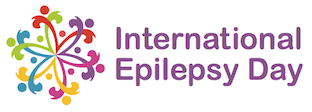Thank you to everyone who contributed their beautiful artwork to this year’s International Epilepsy Day virtual exhibition
Art has a unique ability to transcend language and establish a profound connection to the human experience. As individuals engage with these artworks, we hope they gain valuable insights into the strength and courage required to navigate the uncertainties often associated with epilepsy.
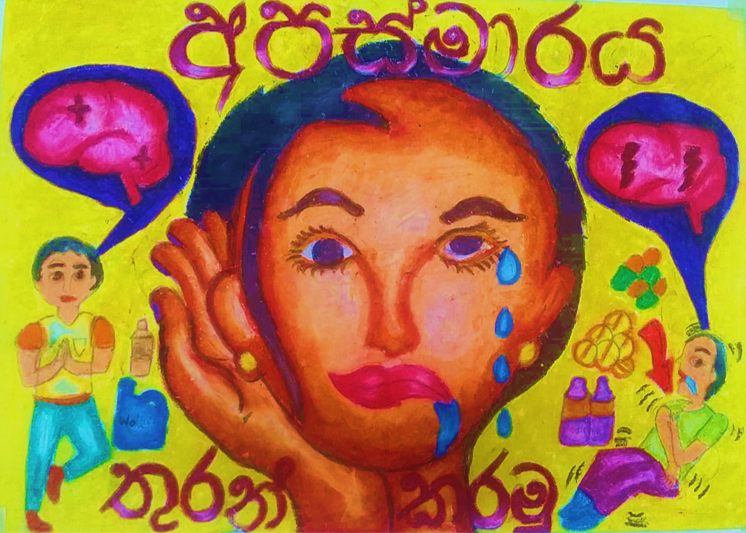
Call For Submissions 2026
The theme for the 2026 campaign is: The Art of Possibility
We invite artists everywhere to create an artwork that represents possibility.
For example, possibility for:
- Understanding
- Connection
- Dignity
- Myth-breaking
- Compassion
- A world where people with epilepsy are seen fully
What You Can Submit
Any visual medium is welcome, including but not limited to:
- Painting, illustration, drawing
- Photography, mixed media, collage
- Textile or craft work (photographed)
- Sculpture (photographed), installation
- Digital art, 3D, animation
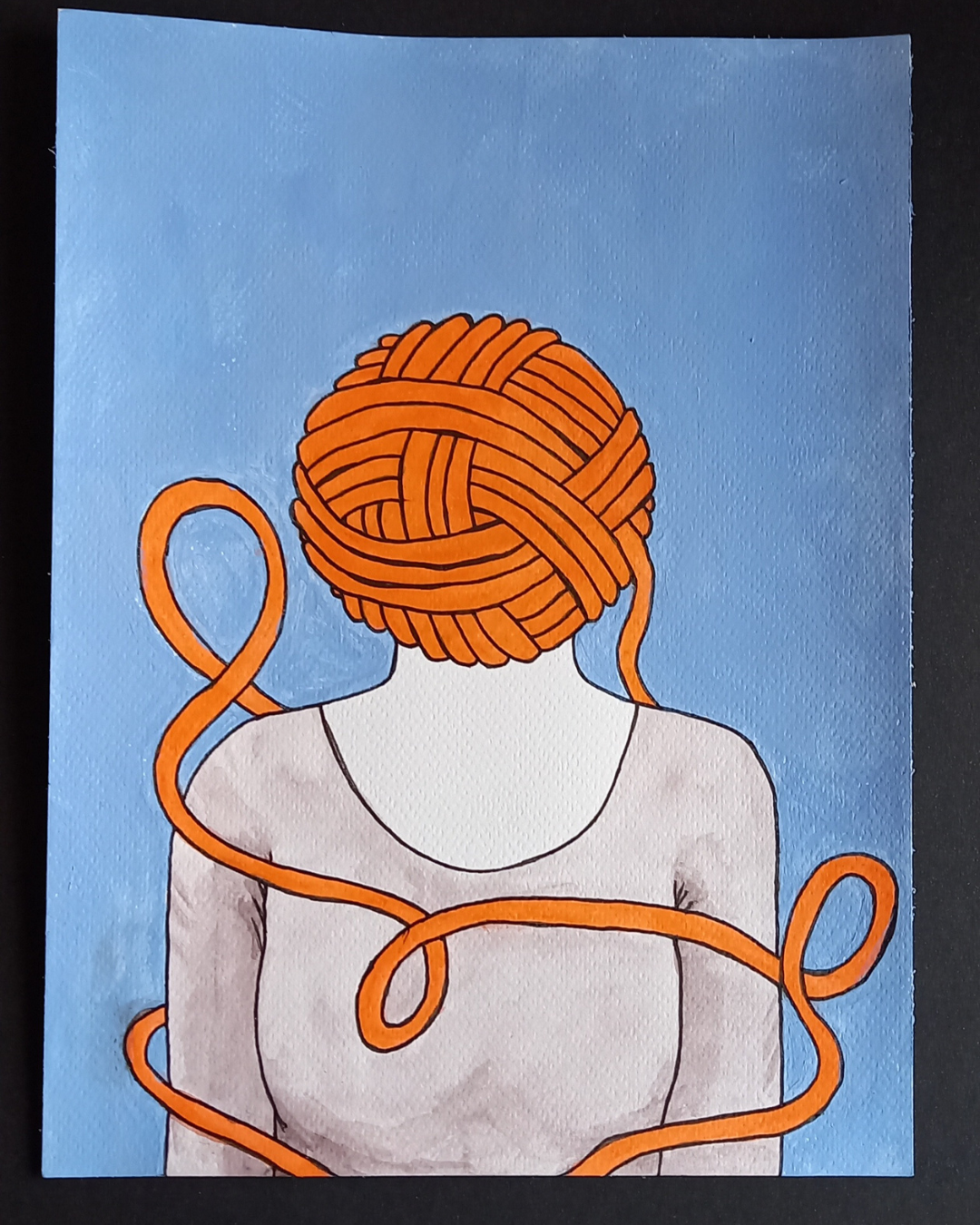
Tree of Life
Nadine Naumov
XXXX
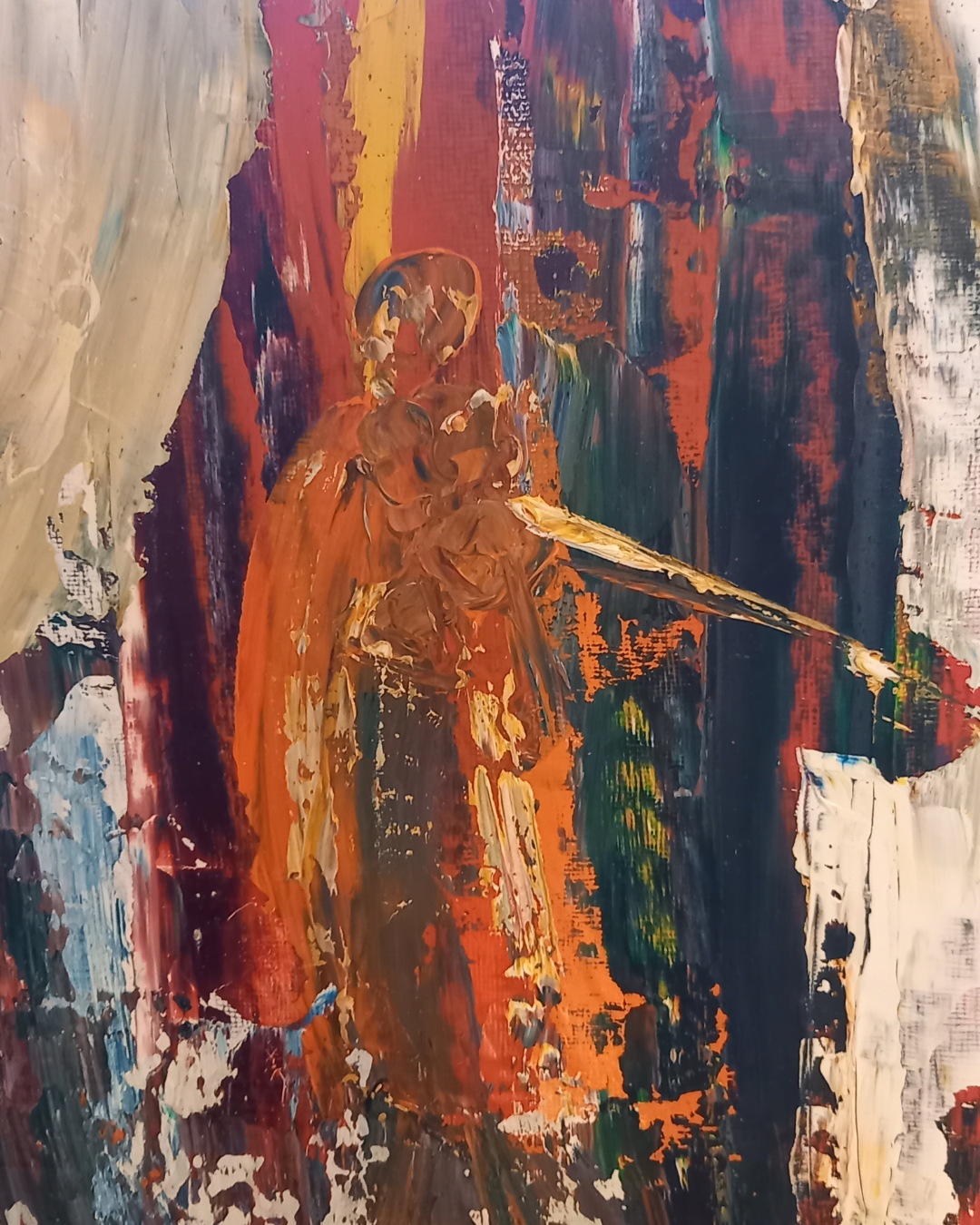
Standing Strong
Lorraine Lally
Ireland
Standing strong after being knocked down with a seizure. I imagine myself standing back up and that I am stronger every time I do. I am alone in the seizure but supported in standing back up.

Tangled
Kate Ní Ghacháin
Ireland
I like to describe my epilepsy as there being a dropped stitch somewhere in my brain. It often feels like my thoughts are tangled. In terms of stigma people rarely recognise that, even when under control, epilepsy plays a daily role in people’s lives especially when medication side effects are taken into account.

Standing Strong
Lorraine Lally
Ireland
Standing strong after being knocked down with a seizure. I imagine myself standing back up and that I am stronger every time I do. I am alone in the seizure but supported in standing back up.
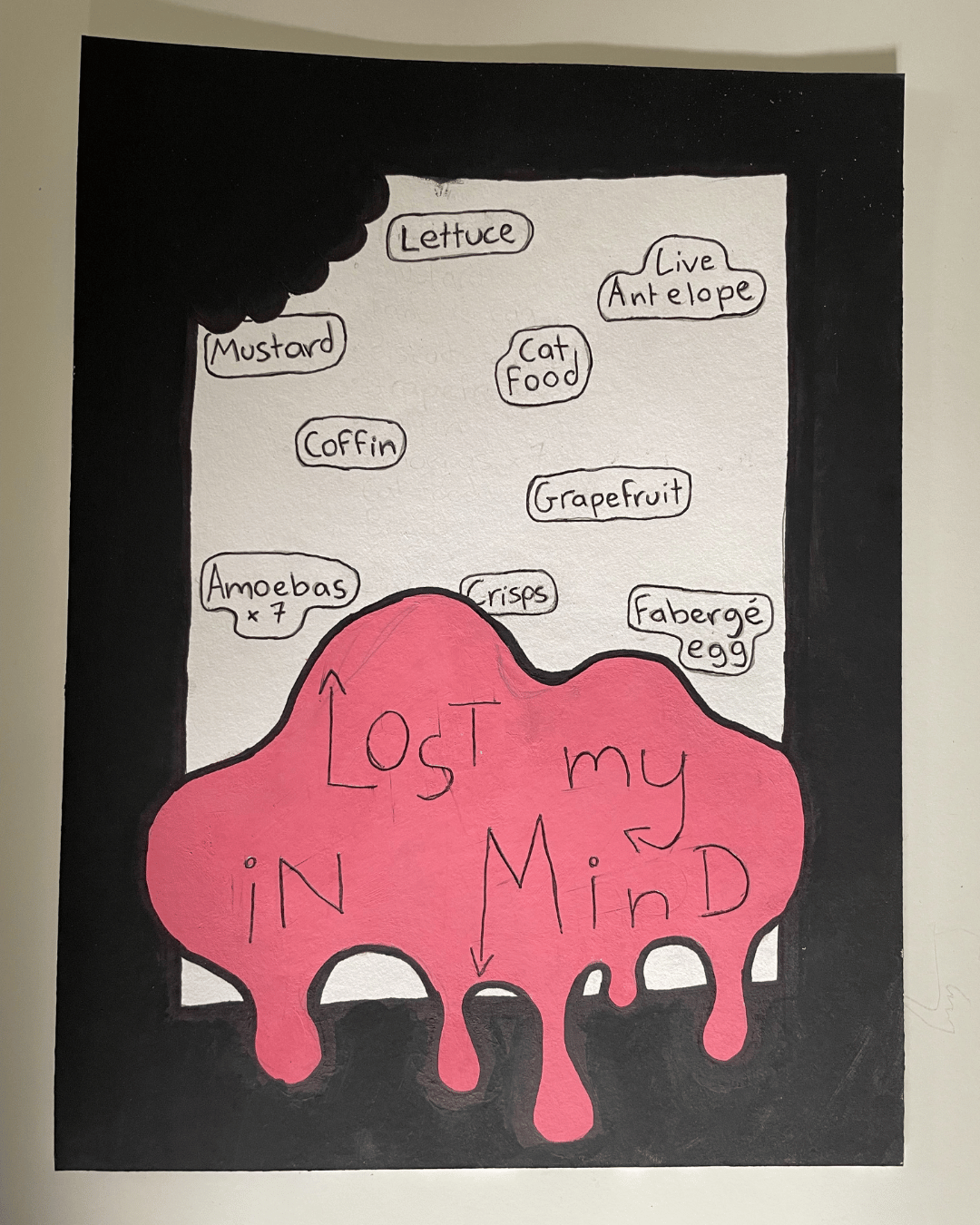
Fever Dream
Heather Ward
New Zealand
Fever dream is intended to convey the more negative version of a fever dream (bearing in mind that there are a few different types). The pink splodge is meant to resemble my brain dripping away (including the scrambled words inside it, reading: Lost in my mind), the number of strange items listed within the white area are meant to show the madness of a fever dream, and the bite taken out of the left-hand side is meant to act as the chunk that has been taken out of my life because of being diagnosed with epilepsy.
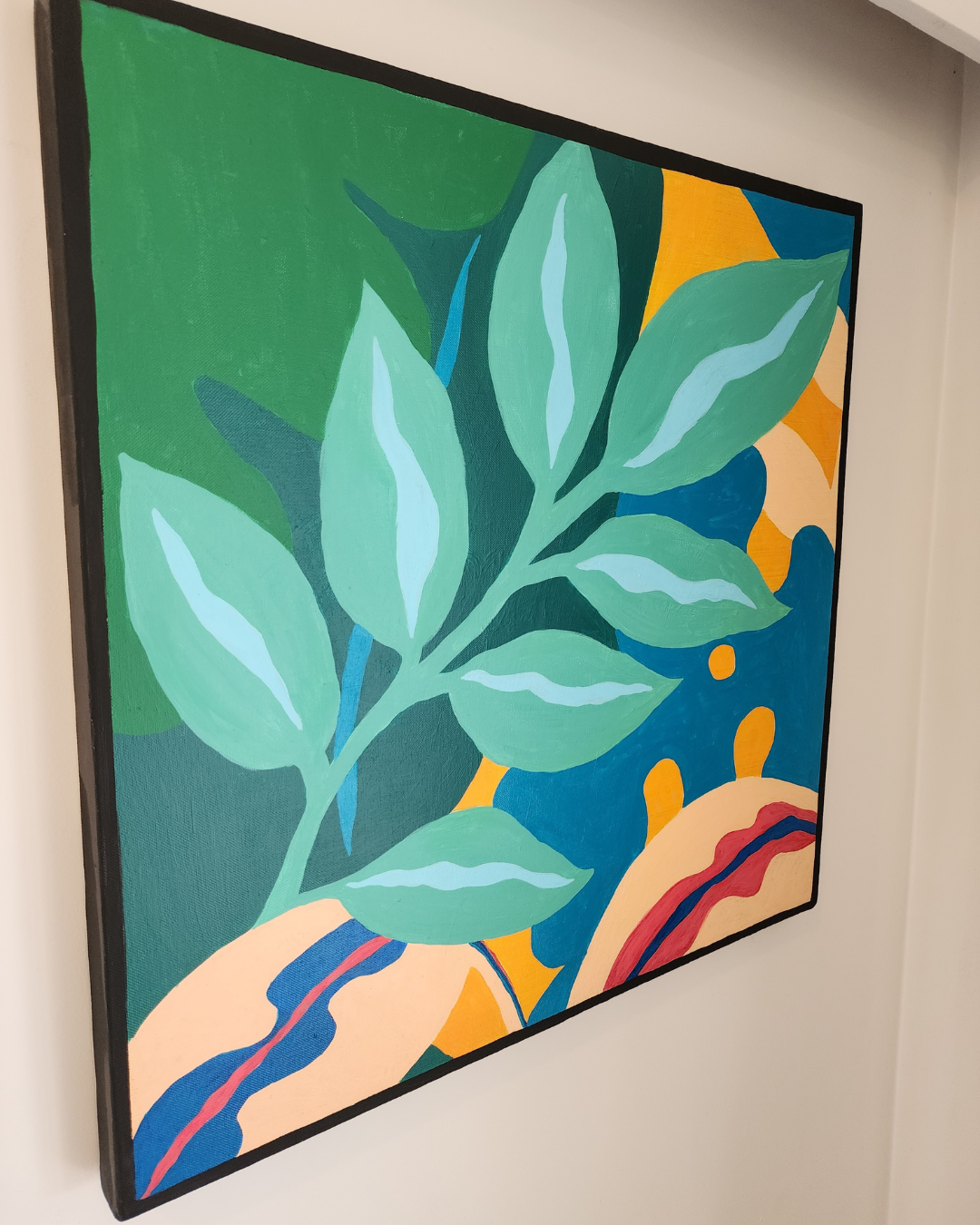
Grow Free Of The Stigma
Laura Oxnam
New Zealand
This piece represents growth. Growing free of any stigma, being strong and rising up by being in the right environment. A direct correlation between nature and how those with epilepsy can too flourish with the right support and environment.
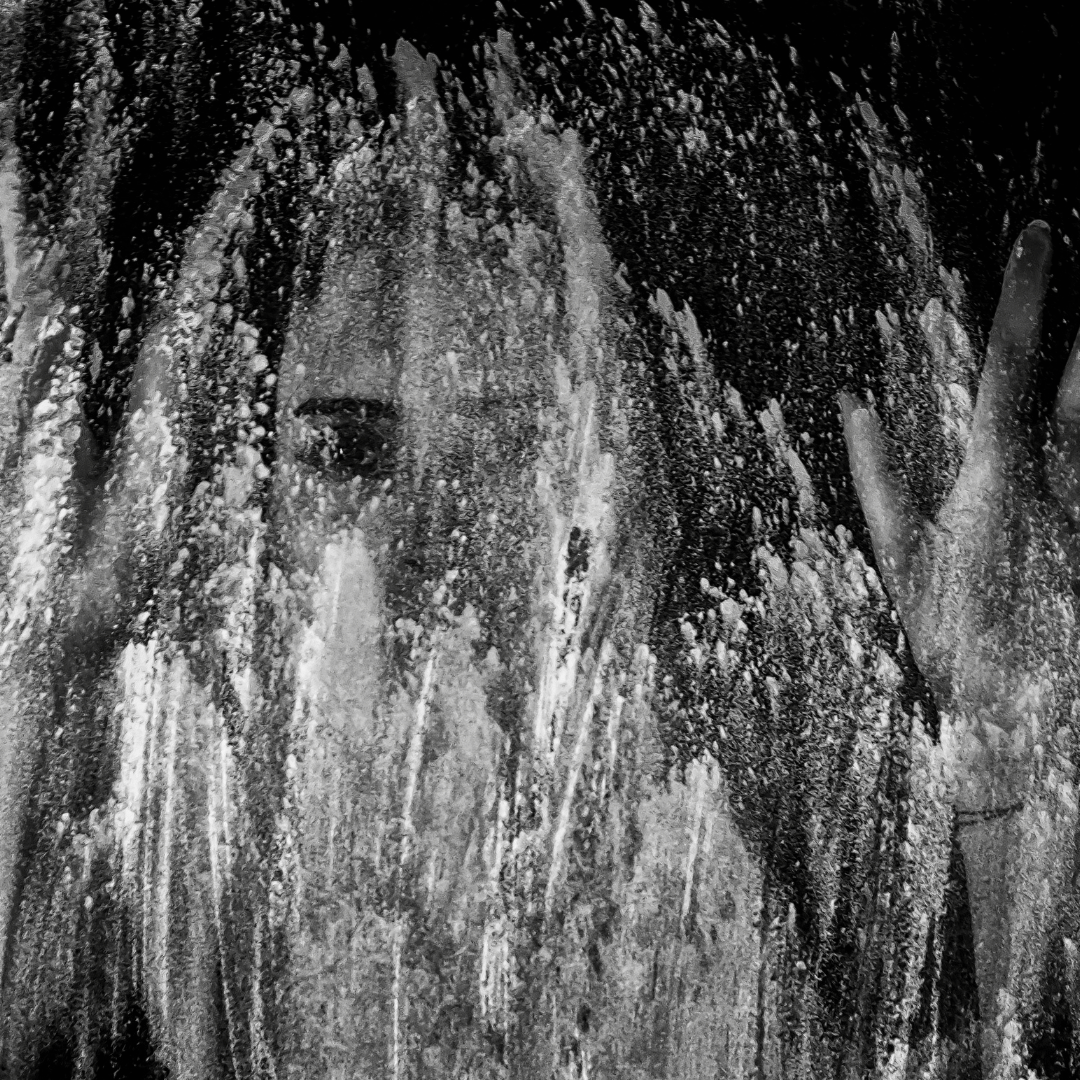
Solitude
Stanculescu Gelu
Romania
Loneliness is a artwork made by Gelu Stanculescu, a person with epilepsy together with the model Maria Scirlet, a perfectly healthy person. Like the whole artonthewall.ro project, this work, besides its obvious idea, shows the results of collaboration between people with and without epilepsy when barriers disappear.
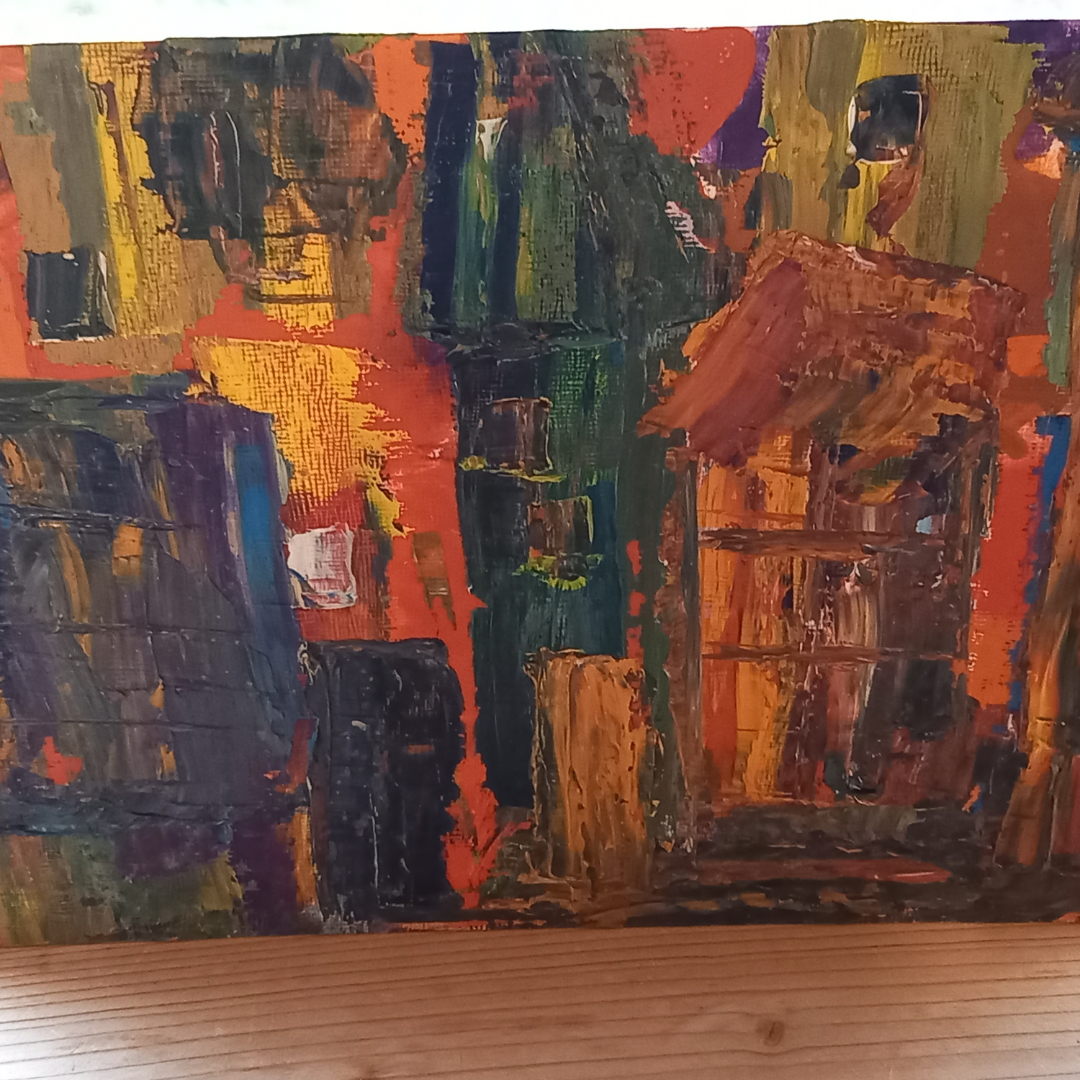
Auras and Epilepsy
Lorraine Lally
Ireland
I get auras with my epilepsy. This is an attempt to show you what I experience. For many it is a feeling of deja vu and flashing lights. The feeling as well that the ground beneath your feet is gone or going.
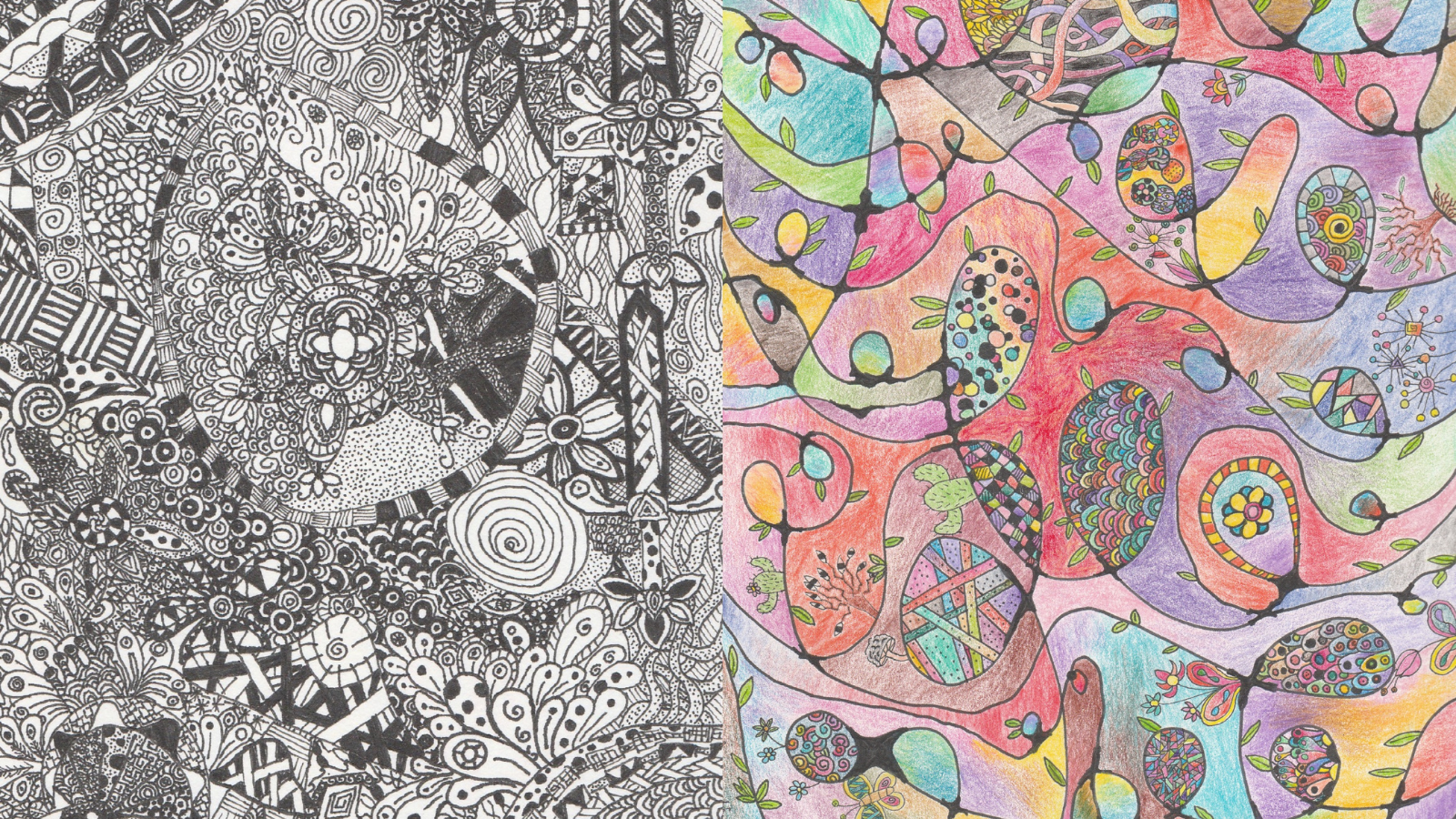
Hope
Jay YEX
Malaysia
Standing united in turning the complexities of those living with epilepsy into hope and filling their lives with colours of love, esteem and courage.

What is the Question to our Heart?
Amy Tipene
New Zealand
When, where, why, who? Waiting….What if we don’t know the answers, who does? Who do we trust with our lives? Which medication is the right one? Who do we let in on our secret?
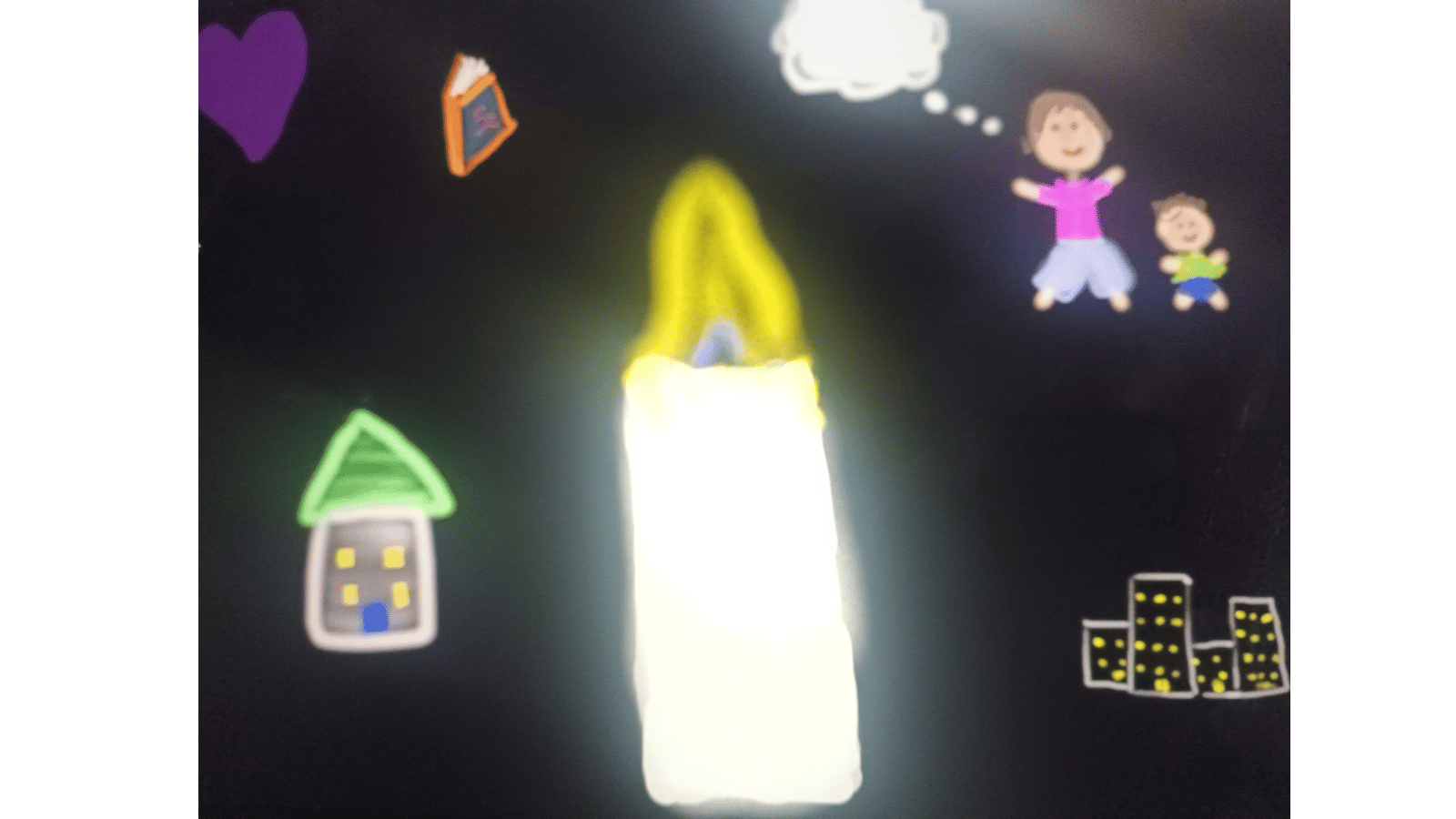
With Epilepsy I Can Live
Scarlett Paige
Australia
Within my art you can see love, family, a home, office buildings, a school book and a candle as beacon of hope. With epilepsy I can live!
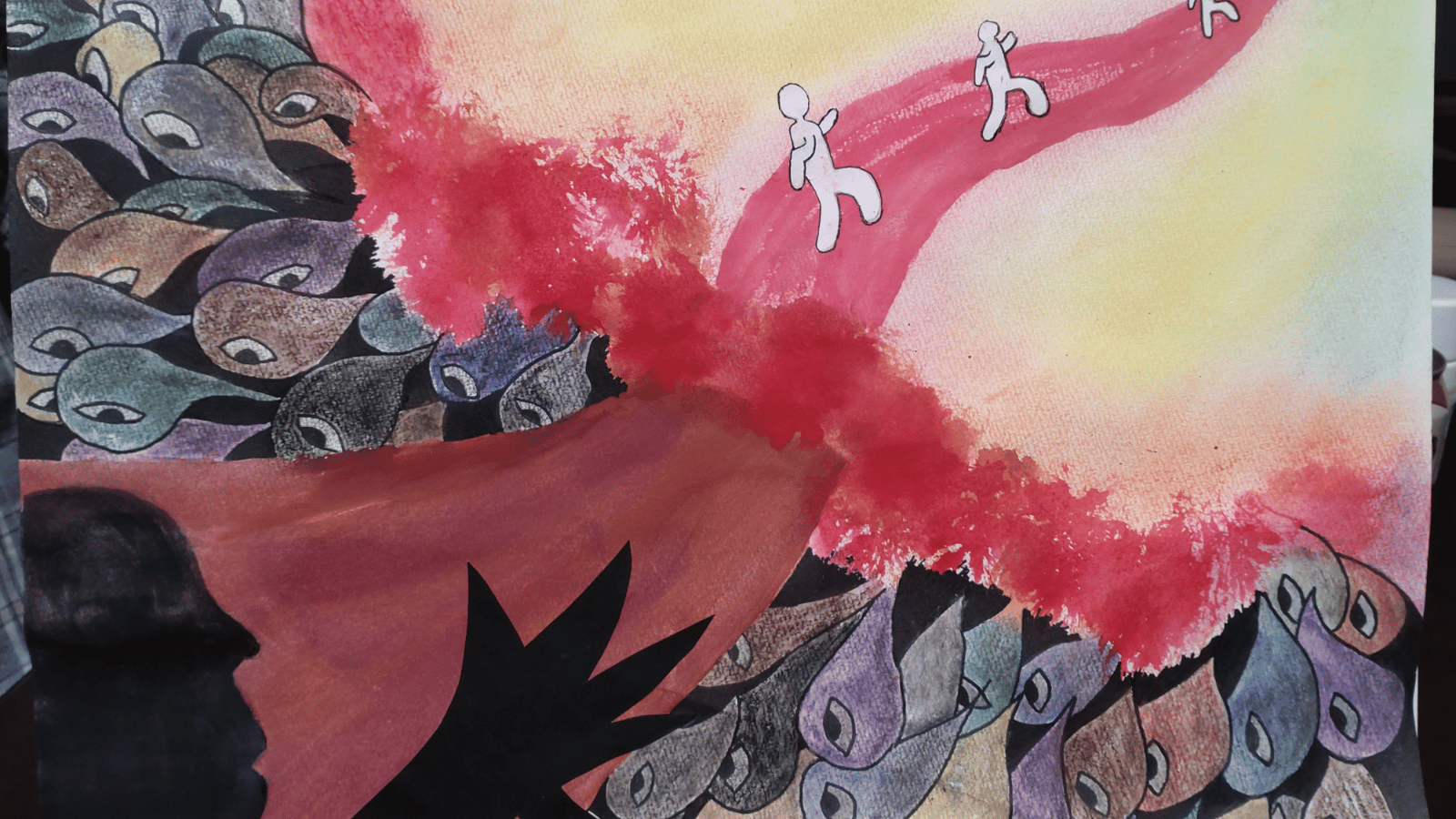
My Junior High School Days
Yuki Arai
Japan
In everyone’s heart, there is an angel who gives us courage and strength. No matter how hard we encounter storms and setbacks, we will not give up pursuing our dreams and continue to fly.
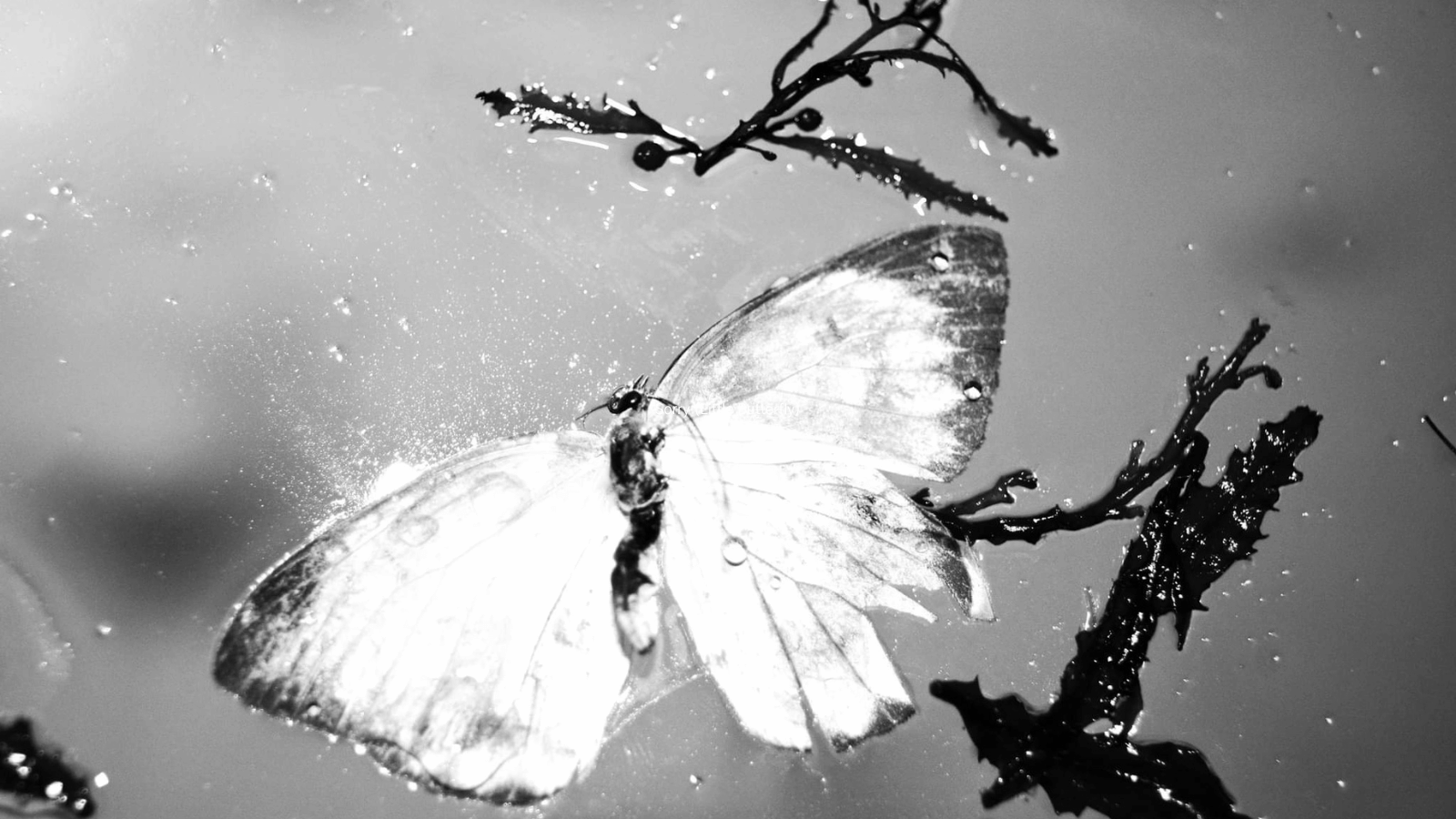
Sorry (Little Butterfly)
Kadiejra O’Neal
Barbados
The photograph emotes a pathetic stoic cry flattened to a glassy floor which can sometimes be hard to pick oneself up from; I wanted the visual response to delve into the distress of mundane self isolation and the anxietal turbulence felt, dealing with self pity and feeling.
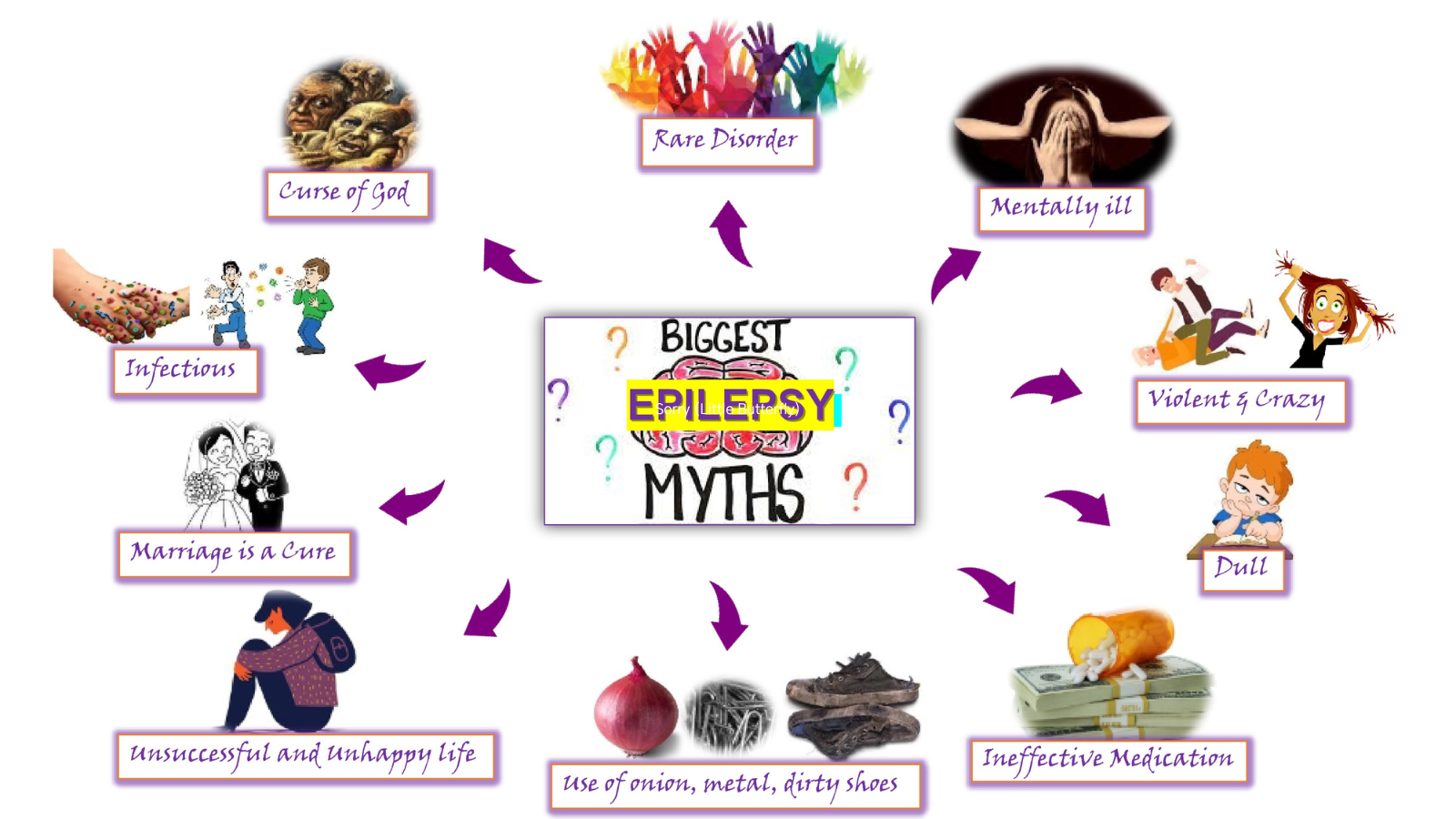
It is Not Just a Medical Disorder But a Social Problem
Ruby Kasana
India
Do not let the myths and misconceptions about epilepsy make you anxious. If you come across information from any source that makes you uncomfortable, seek the advice of a neurologist. Four thousand years of ignorance, myths, and fear are replaced by one hundred years of knowledge, but the myths and fear continue in the case of epilepsy.
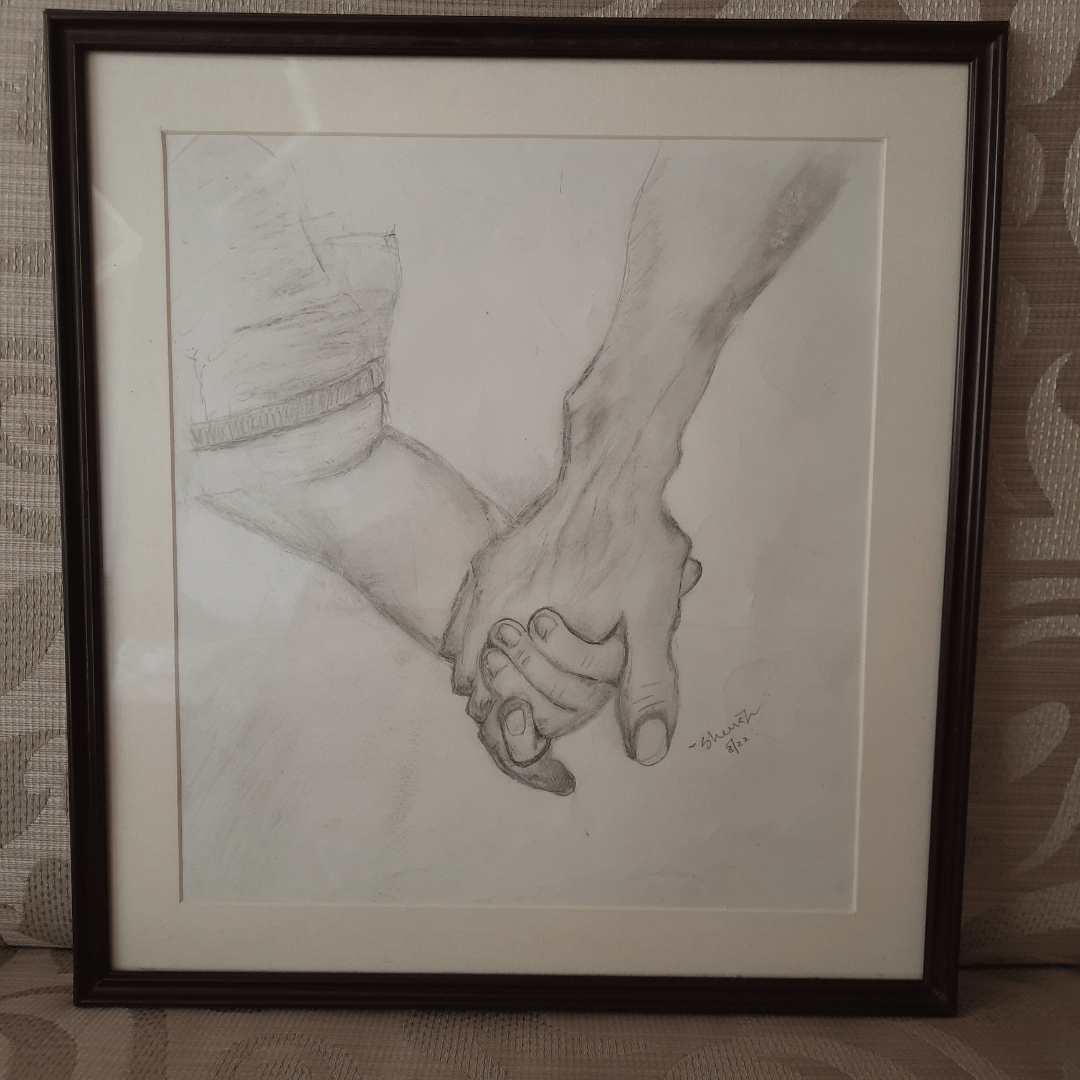
Stigma Helping Hands
Shenaz Haveliwala
India
Certain stigmas need to be nipped from the root. Accepting epilepsy remains a hesitant topic. It can only be done with support. Seizures are just a part of epilepsy. There are medicines, mood swings, tiredness, side effects, memory issues, doctor appointments, and of course social acceptance. My sketch depicts the helping hand we need to fix, or at least assist us through this difficult journey.
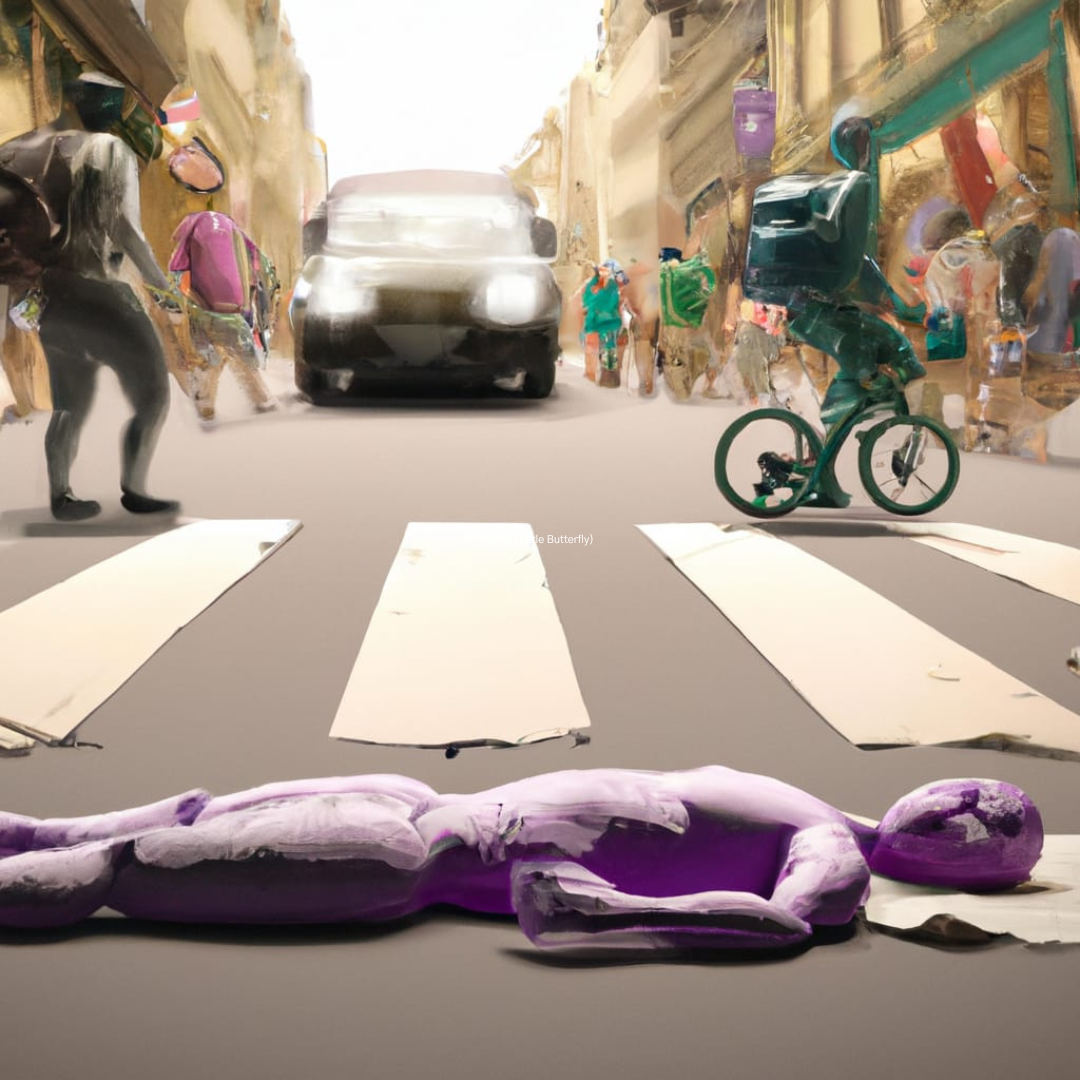
Purple Man
David Ross-Adams
Australia
This piece of art represents the rather unpleasant reality of having a seizure in the middle of a busy street as the world continues to pass by and you do not.
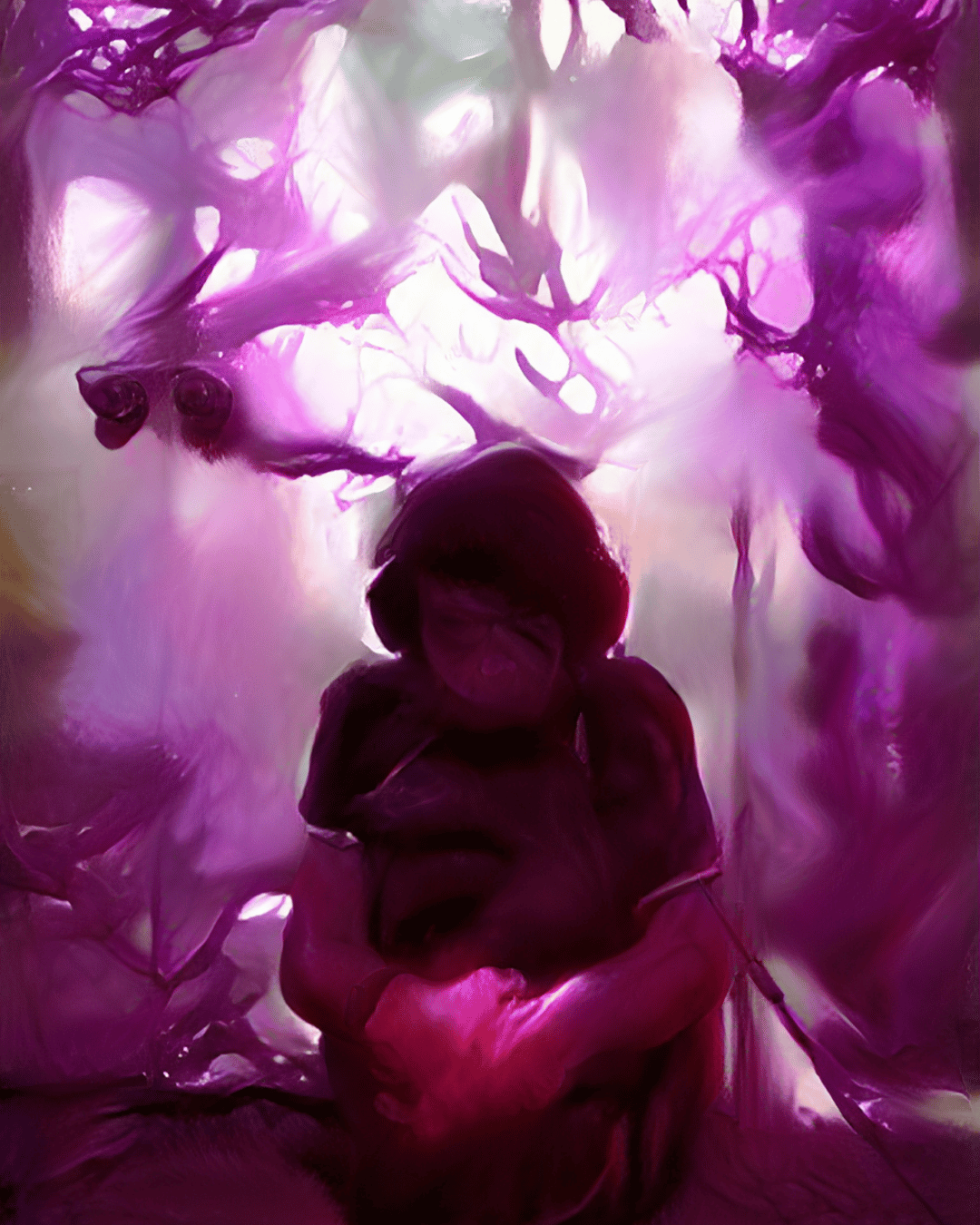
Purple Storm
David Ross-Adams
Australia
This picture depicts me and the general feeling of absolute dread I feel as my aura increases in the lead-up to a tonic-clonic seizure. The overwhelming sense of dread as you contemplate the horrific possibility that this may be your last seizure.
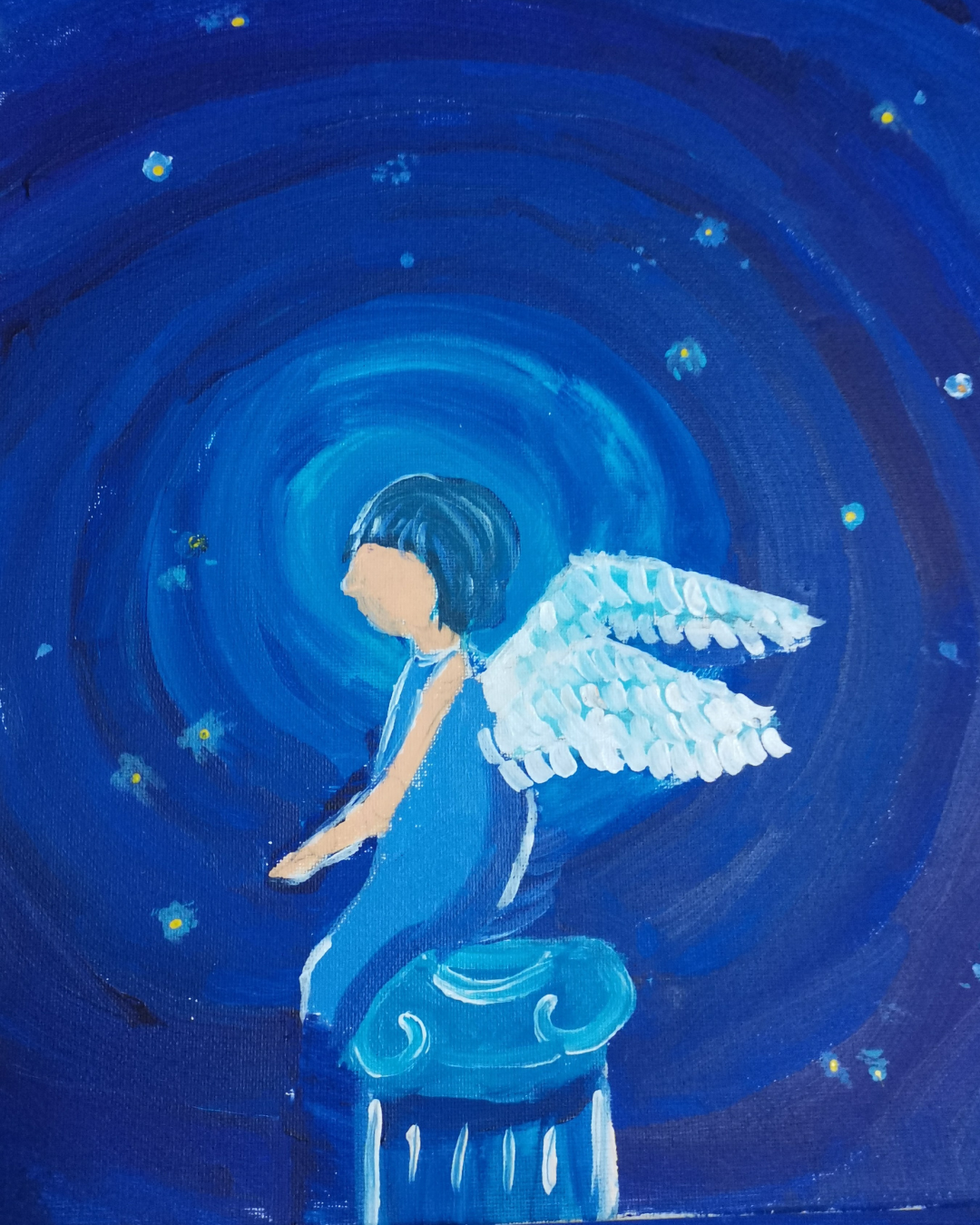
Angel Wings
Ms Pei-Lin RAO
China
In everyone’s heart, there is an angel who gives us courage and strength. No matter how hard we encounter storms and setbacks, we will not give up pursuing our dreams and continue to fly.
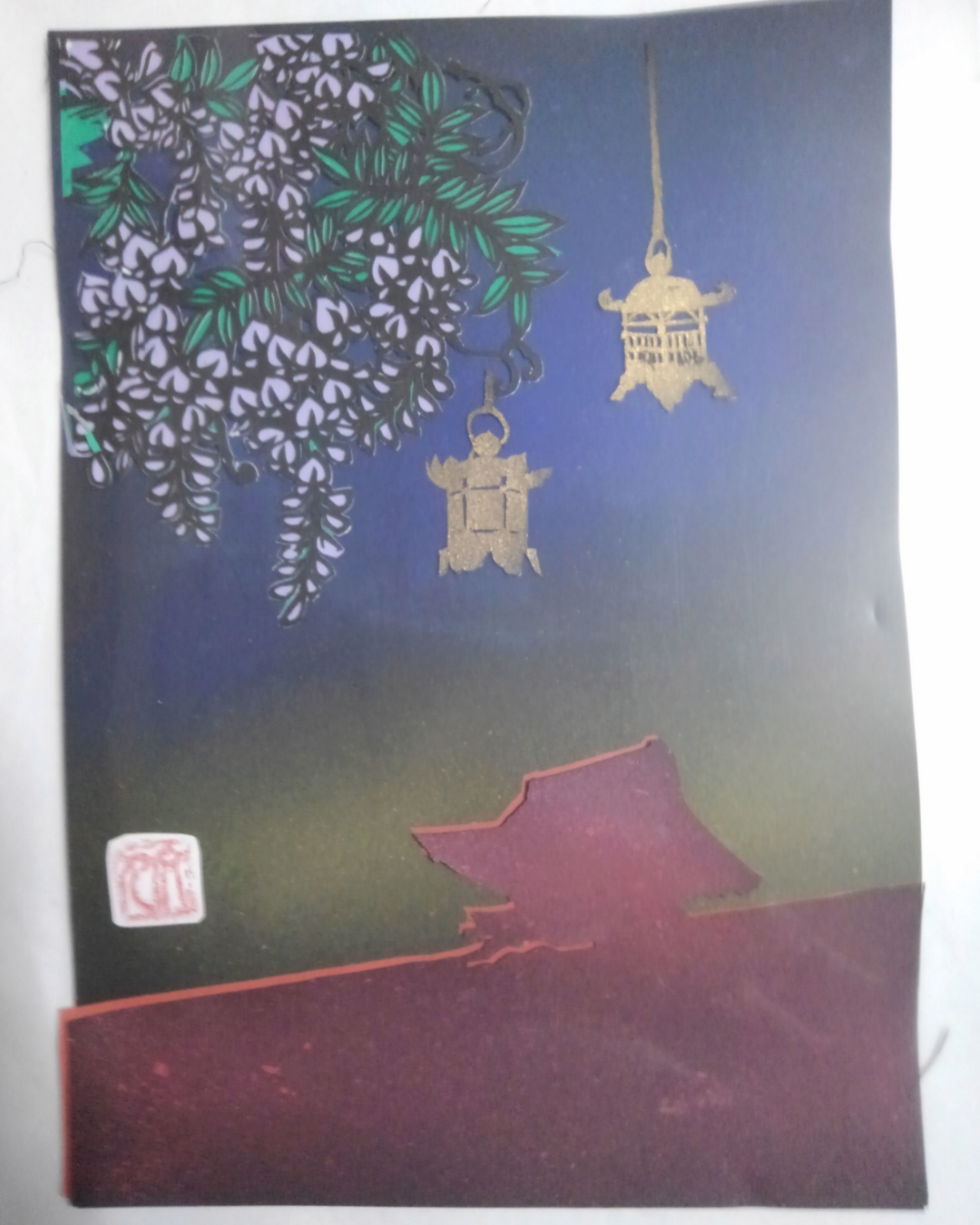
Memories of Nara, Kasuga Taisha Shrine “Sunazuri no Wisteria”
思い出の奈良、春日大社「砂ずりの藤」
Japan
Even if you have an epileptic seizure, when you remember the Kasuga Taisha shrine “Sunazuri no Wisteria” in Nara Prefecture, where you spent your college days when you were young, you will naturally feel energized at that time.
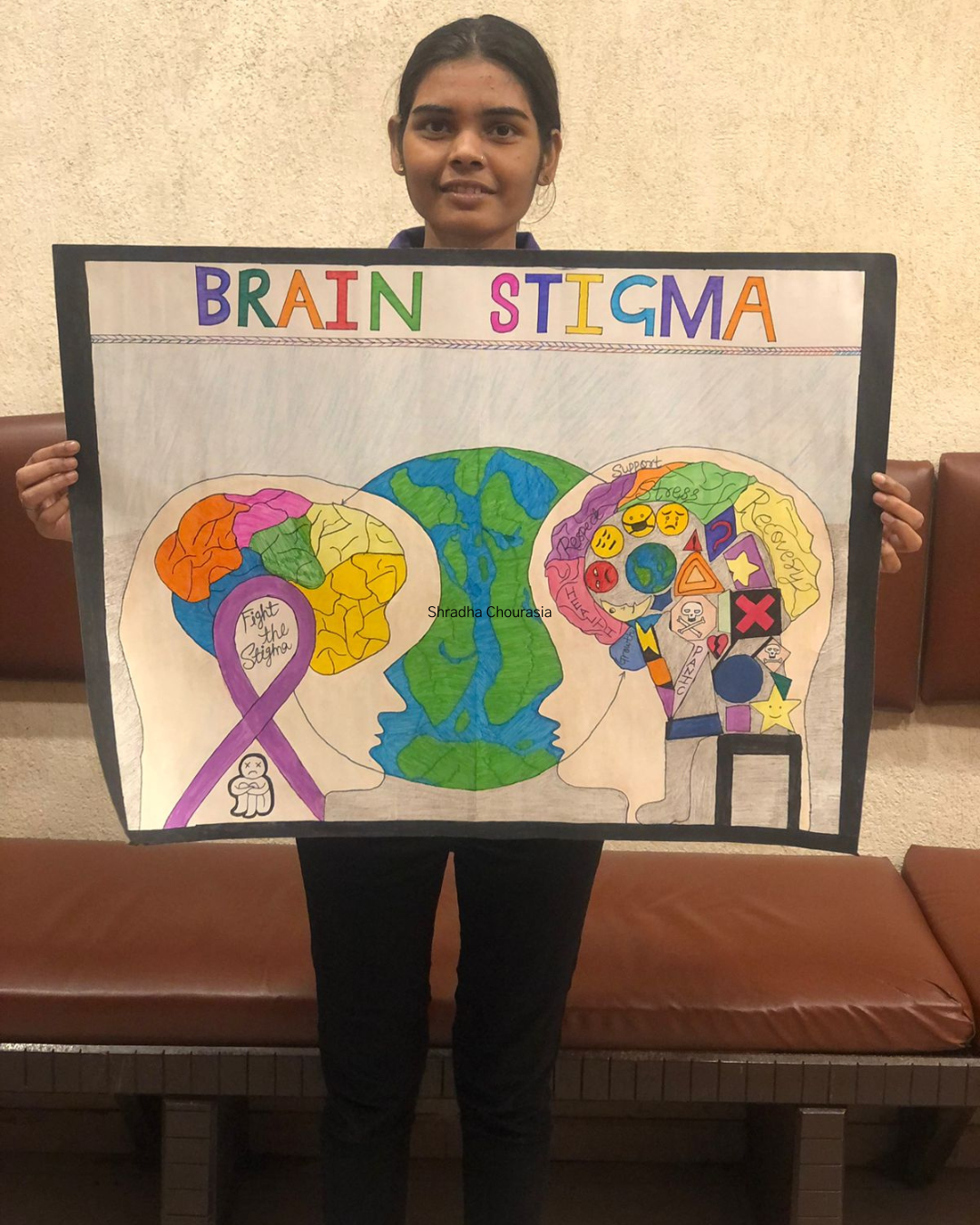
Insightful Stigma
Shradha Chourasia
India
There is no health without mental health. I wish people could understand that the brain is the most important organ of our body. Mental pain is less dramatic than physical pain, but it is more common and also harder to bear. A stigma is a negative and often unfair social attitude attached to a person or group, often placing shame on them for a perceived deficiency or difference to their existence.
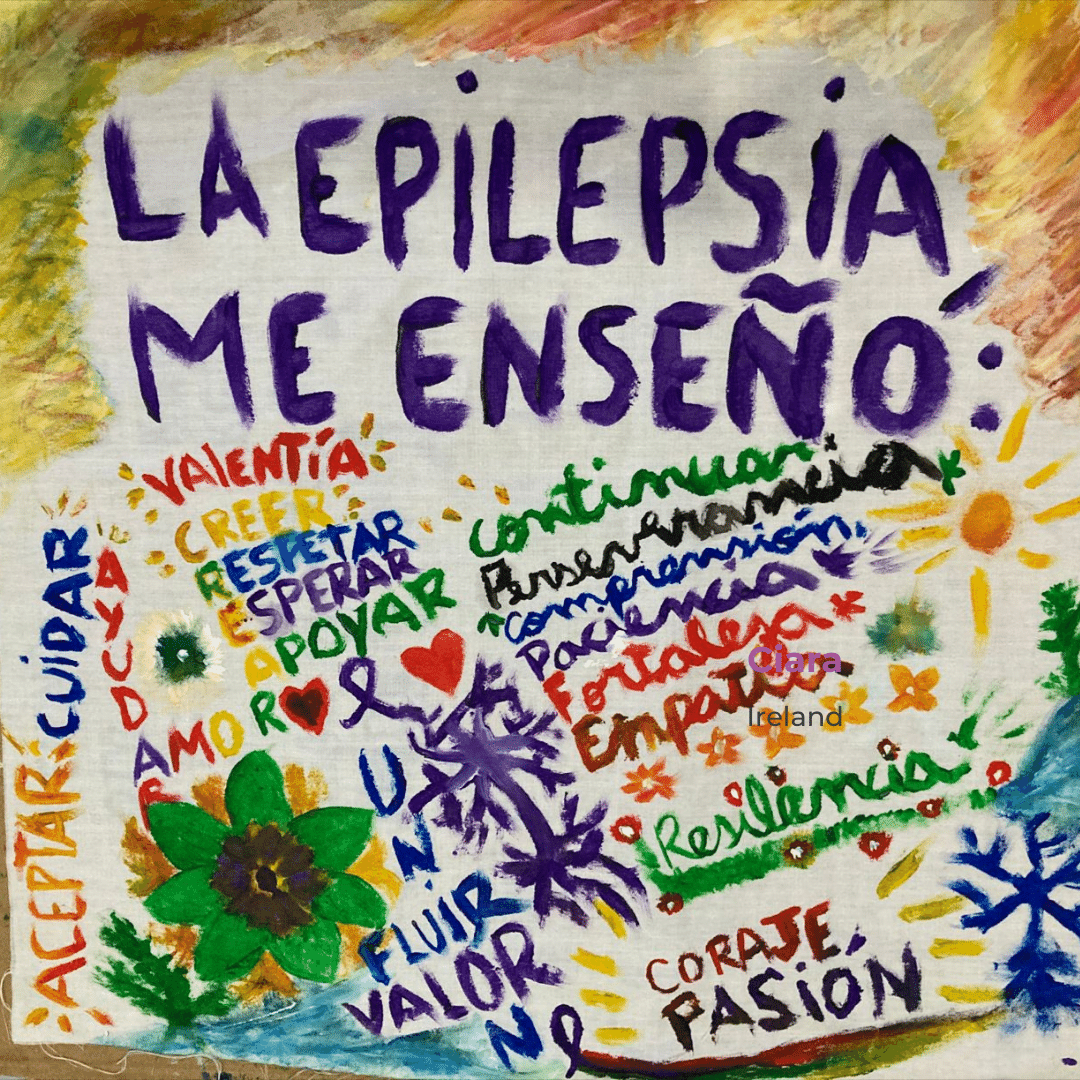
La Epilepsia Me Enseño/Epilepsy Taught Me
Noemí Canales
Chile
It’s amazing to think about how much I’ve changed, learned, and experienced because of epilepsy. A condition that changed my life, that has shown me miraculous things. epilepsy has been an opportunity to learn that you can have a good quality of life and share it with others. Here I only leave a sample of some things that it has taught me, mainly to create new paths and connections in my life, observing the nuances that arise and flourish to illuminate others in their path.
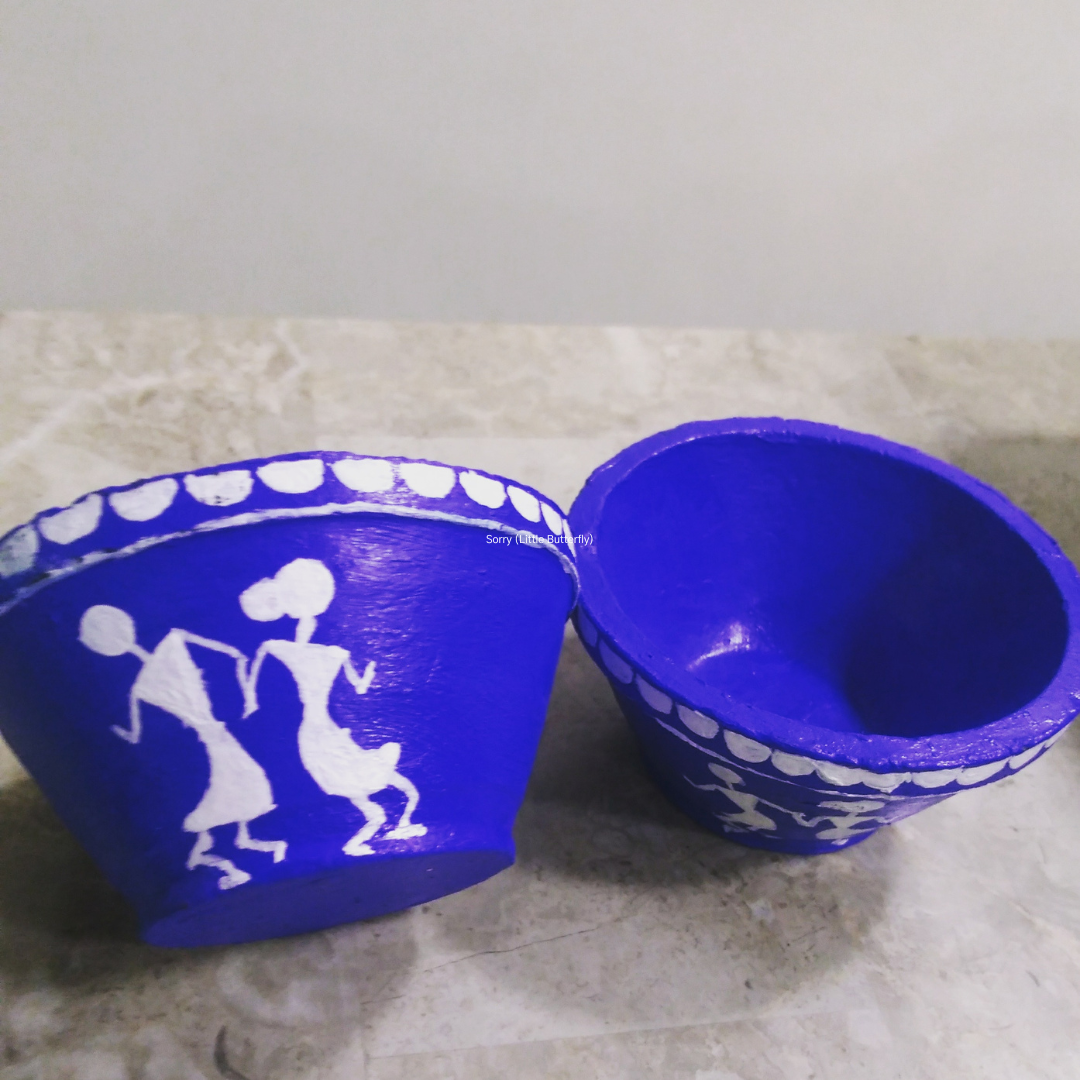
Artist In All Forms
Nitika Poddar
India
Recently, I have been working on mseal clay work, fimo clay work, calligraphy, and painting diya in different forms.
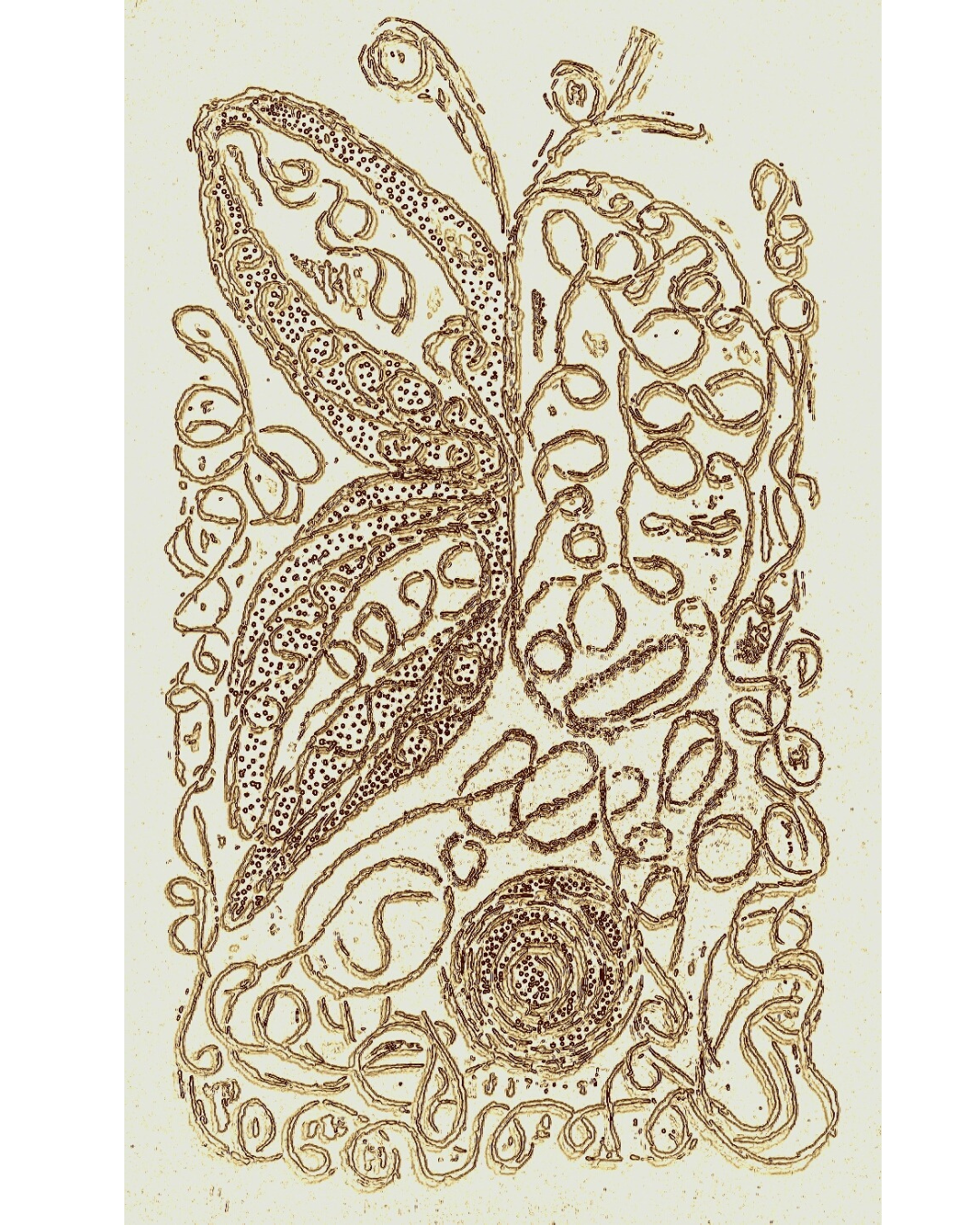
Hatching
Reyma Cuetu Reyes
Cuba
Epilepsy and Hemispherectomy as the only possible option. The labyrinths seem to be endless and without exits. The transit to the final acceptance. The butterfly because there is hope in one hemisphere.
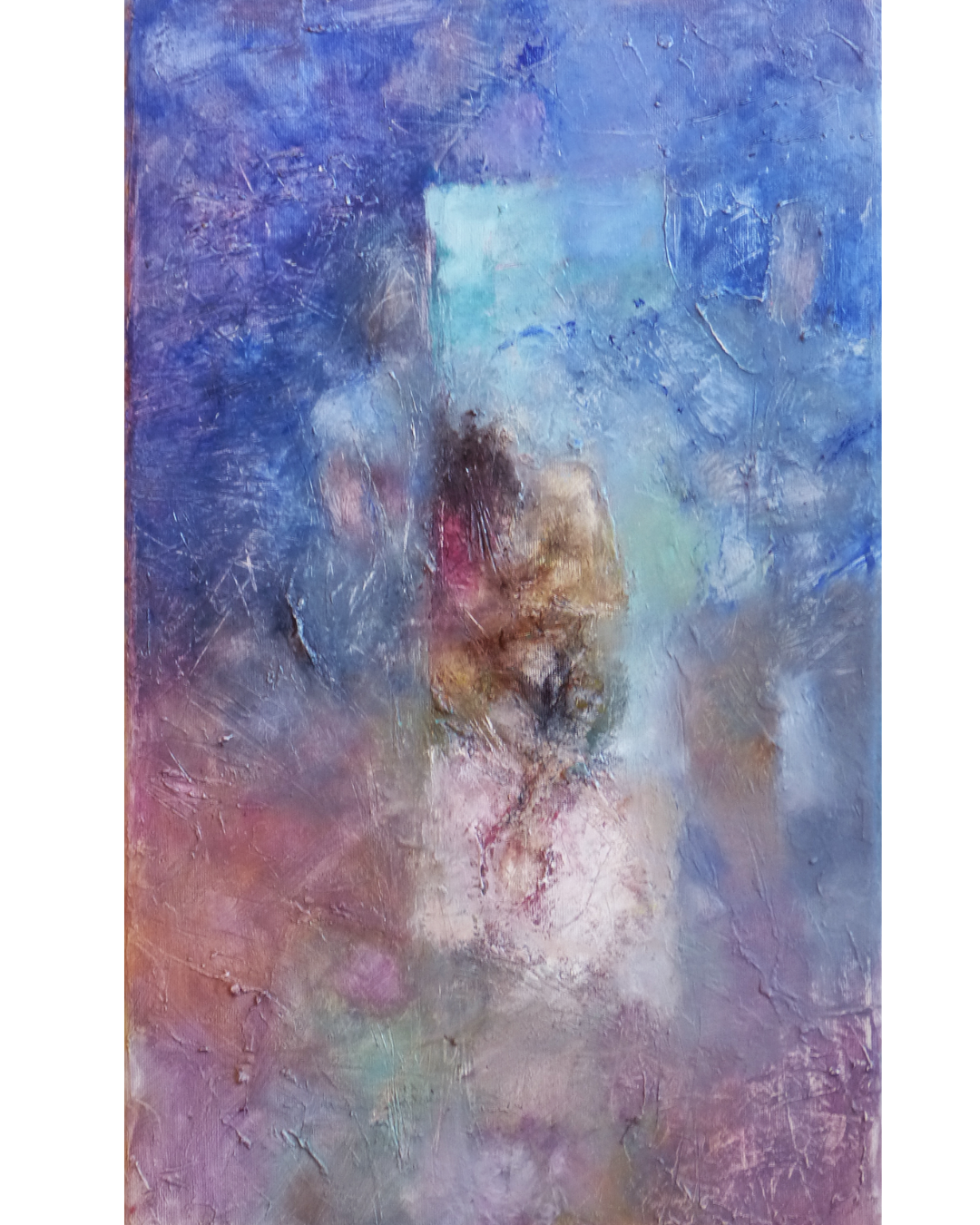
Stigma
Irena Trefilová
Česko
Dispear, sadness.
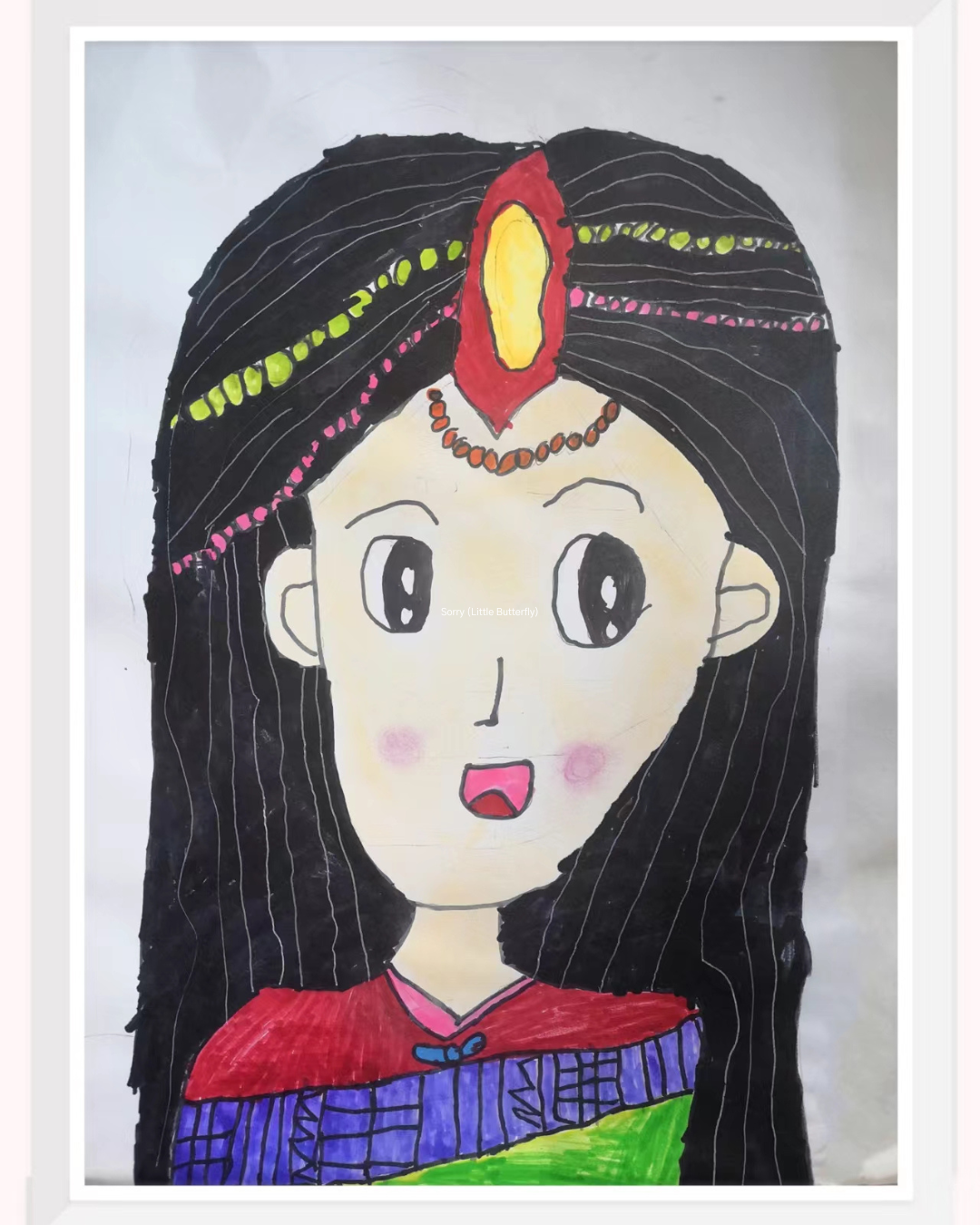
Live By Myself
Tao-Xi Zhang
China
Live your life. There is still a long way to go in the future. Don’t worry about how to live. Live your life with quality. Whether you are sick or healthy, live your dream!
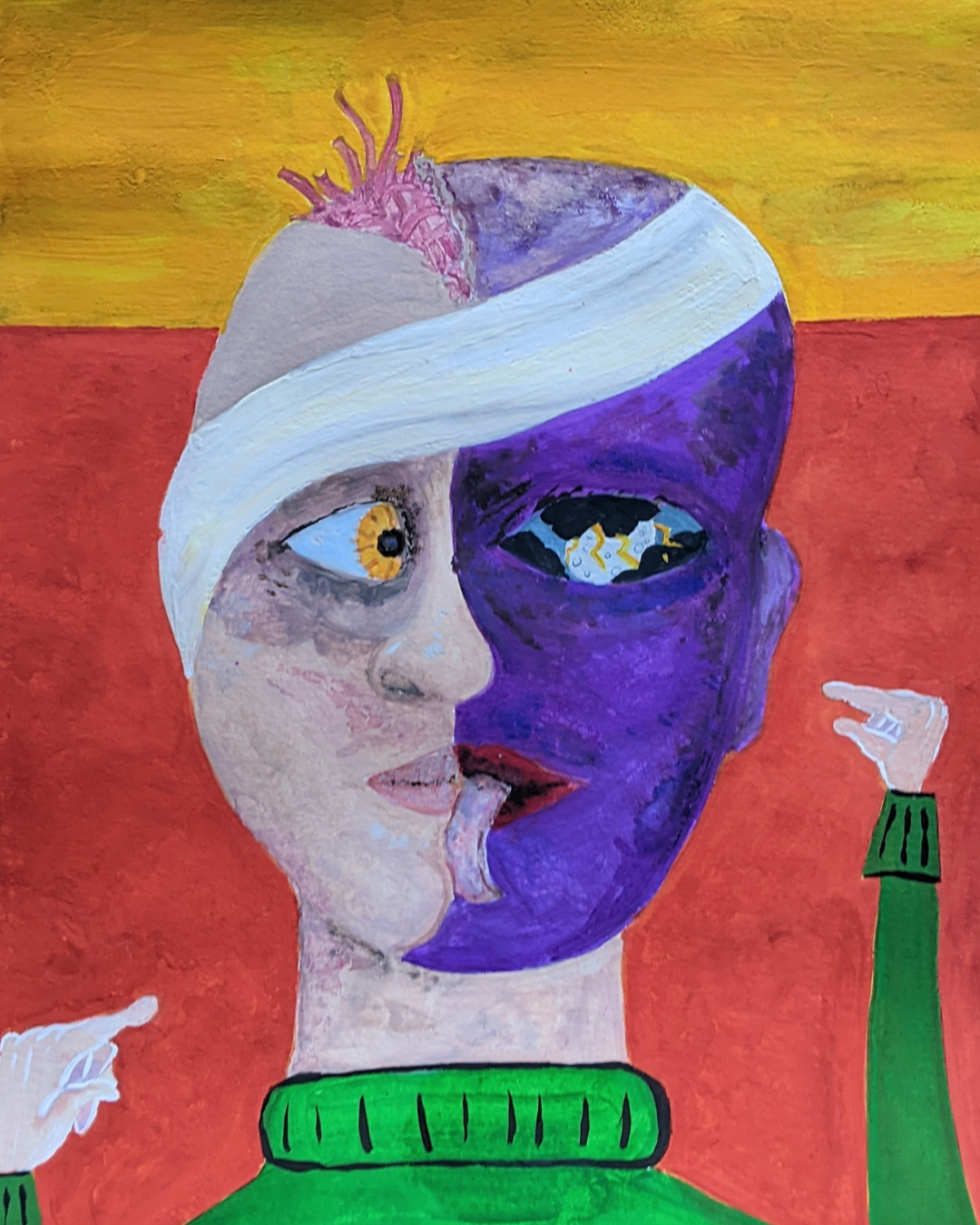
She’s Not Right In The Head
Lucy Jones
Ireland
The stigma of epilepsy often leads people to see you as crazy or a bit slow. They rarely look at you and see a unique human being dealing with an invisible illness. As icons like Van Gogh show, despite a damaged brain we are capable of producing great beauty and creating wonderful things.

Kita (Us)
Nurul Ain Norhisham
Malyasia
“Kita” means us in Bahasa Melayu. The upper hand symbolises outer community who doesn’t have epilepsy who are trying to understand and support the epilepsy community. Meanwhile,the bottom hand symbolises the epilepsy community welcomes the kind gesture and support from outer community. The daisy represents hope. Hope is what give us strength to get us through each day. As two hands are getting closer, it symbolises that together we can end stigmatisation and through all of this, there is a ray of hope for better day.
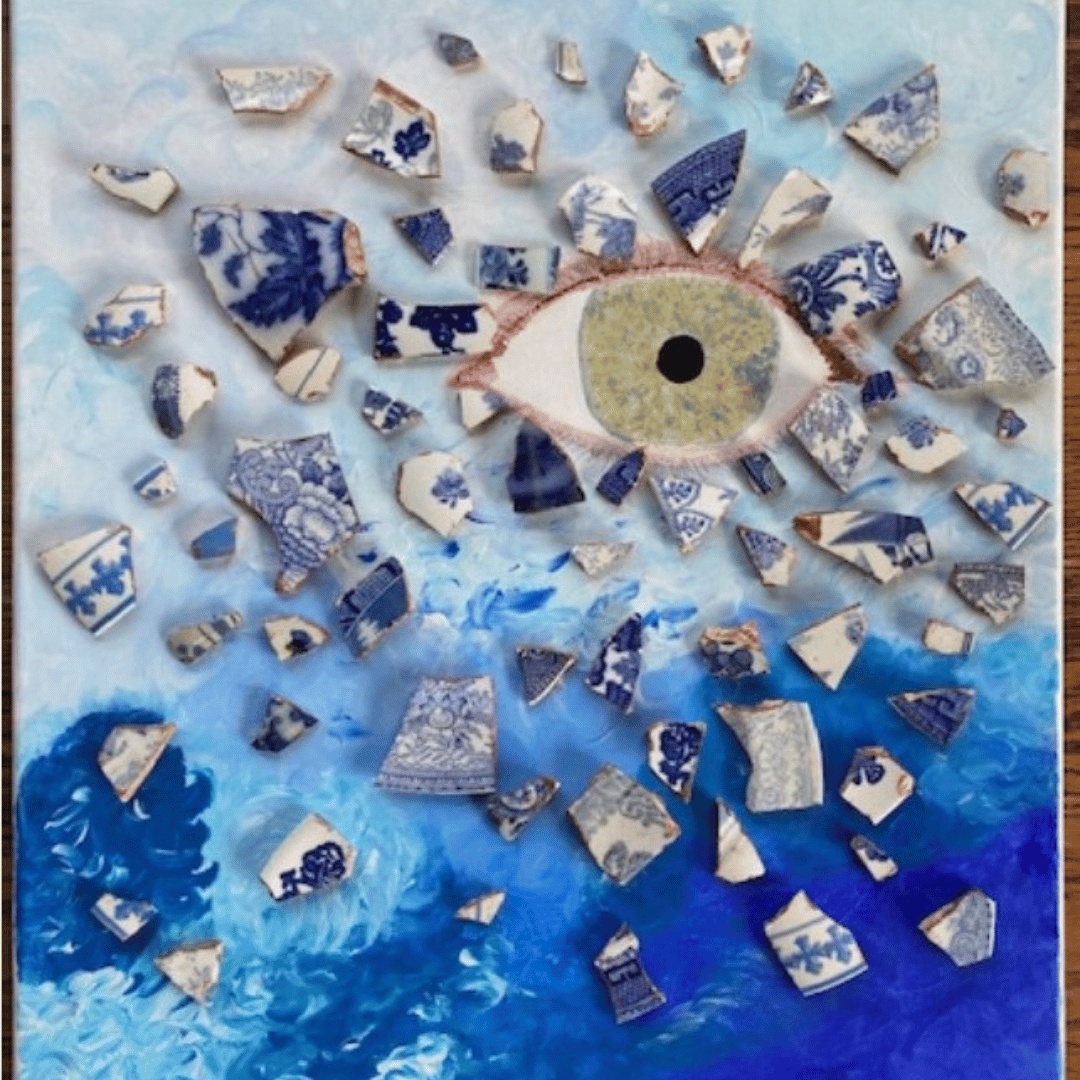
Forever Fifteen
Hesma Lomax
Ireland
This artwork shows the inner turmoil of a seizure and is inspired by the colour of Archie’s eyes. Remembering Archie (Forever 15) 29-08-2000 – 02-08-2016
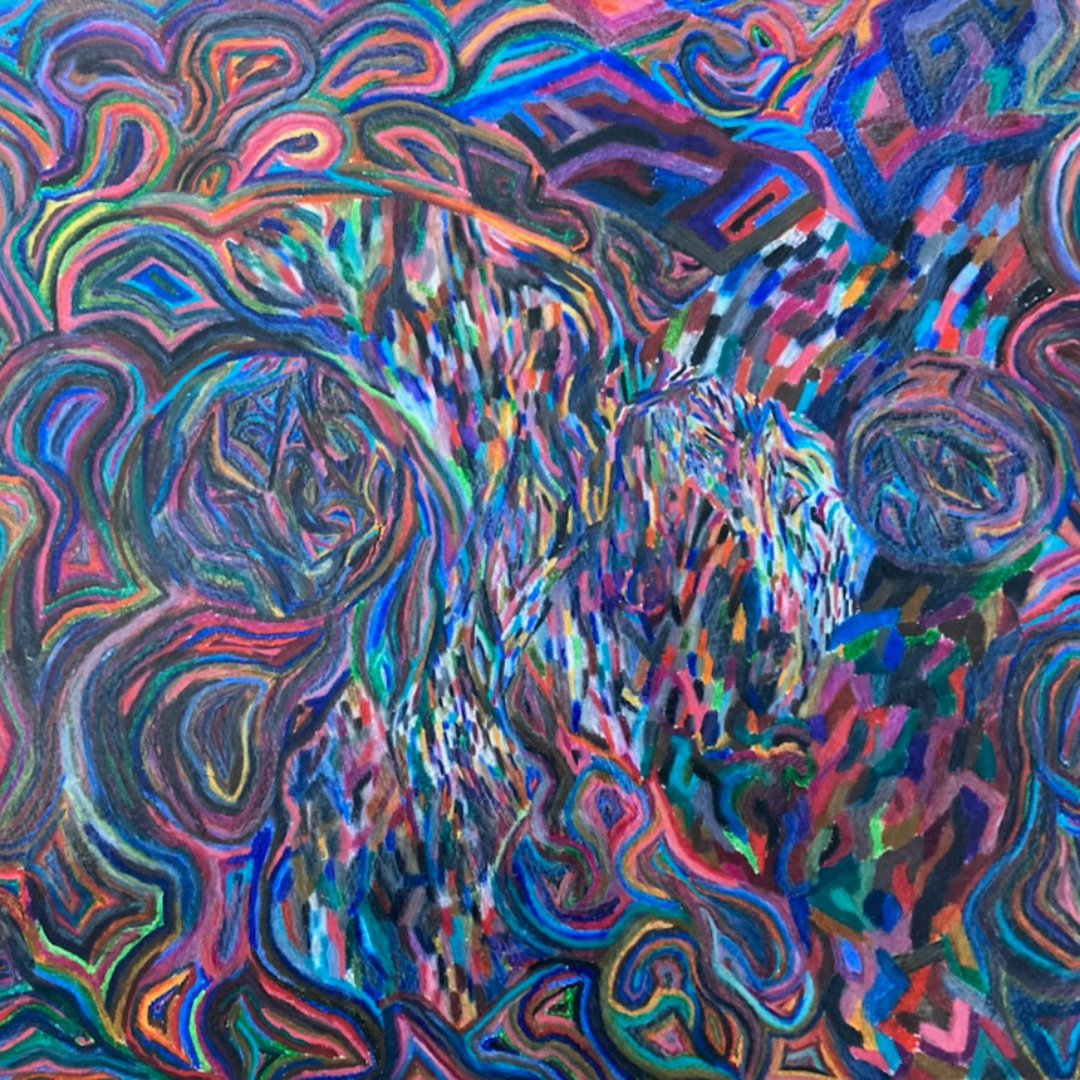
Various Stigma Expressions
中村 太一
Japan
I expressed various stigma. While I was painting, I had an epileptic seizure and spilled my coffee. When I layered black to erase the coffee, turned out better than I expected.
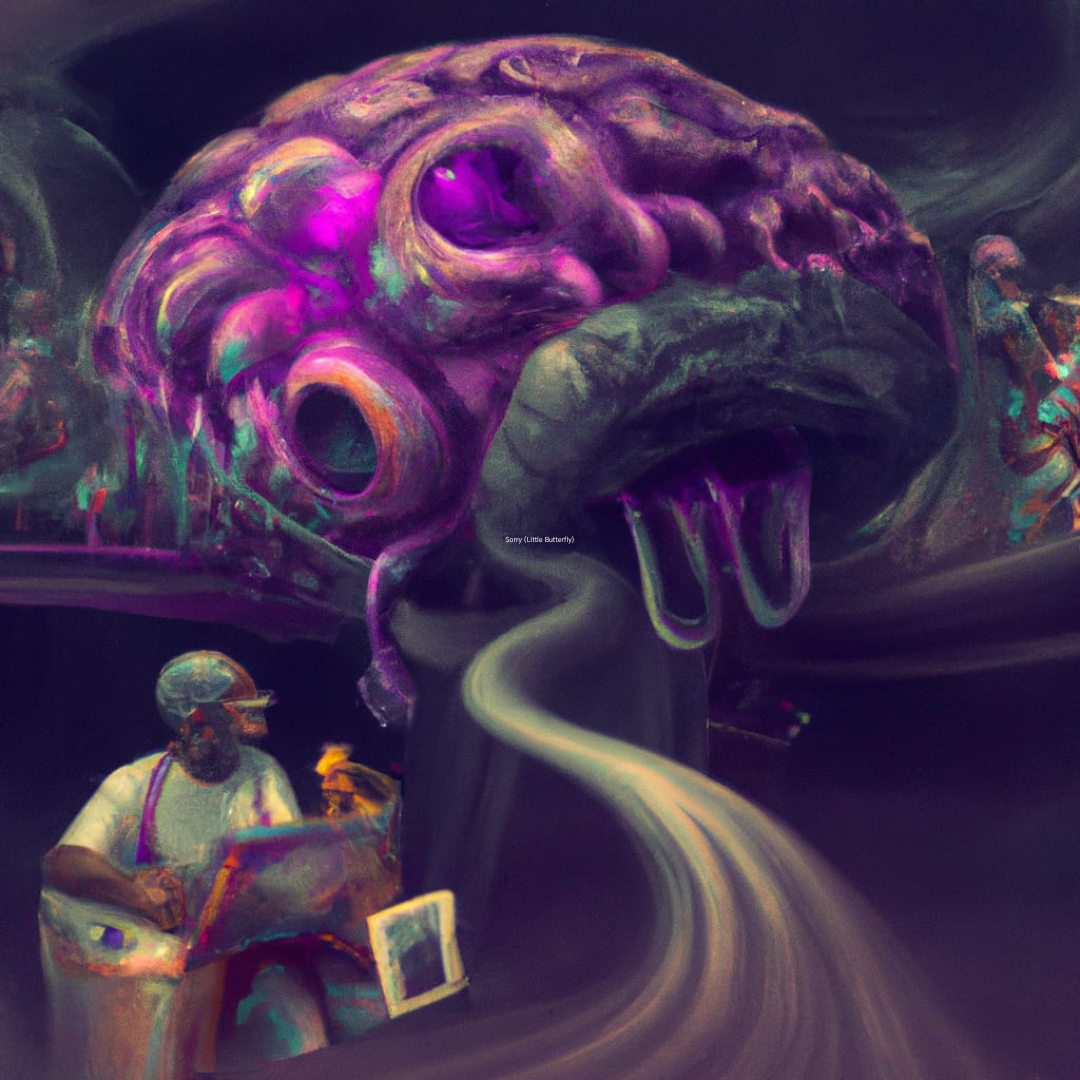
Epilepsy Detected
David Ross-Adams
Australia
This artwork represents the awful nature of having an electroencephalogram with all the tremendously uncomfortable glue and cables attached to your scalp. Unfortunately, your only reward is the detection of epilepsy and all the accompanying problems.
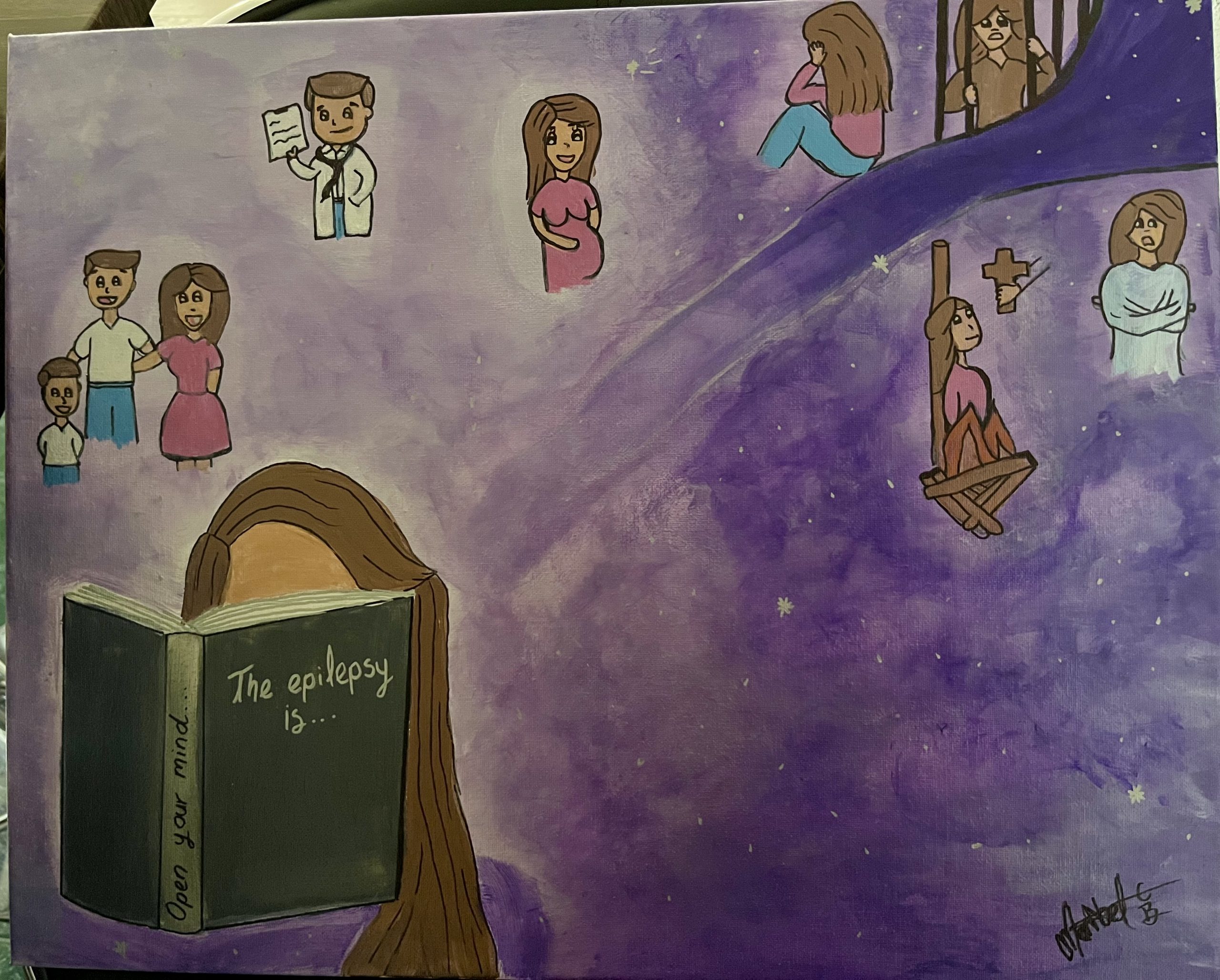
Purple Road
Maribel Castillo Bustos
USA
When the path turns purple, the tones are somewhat dark. Despite the technology, much is unknown about epilepsy. I invite you to open your minds and get to know this disease, that would illuminate many purple paths.
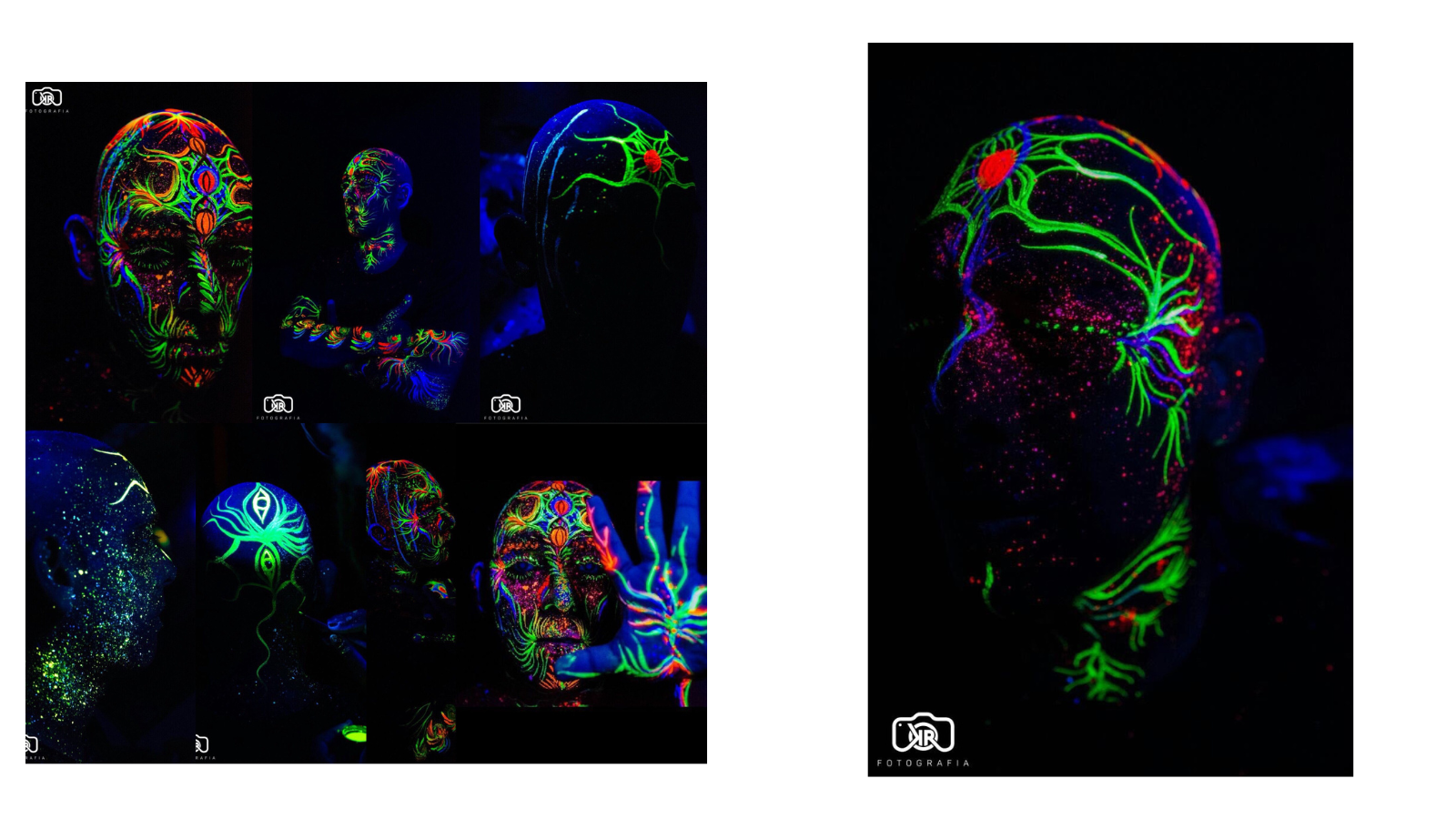
Focus Art
Gustavo Leao
Brasil
The body painting art project aims to represent the electrical discharges that pass through neurons during a seizure.
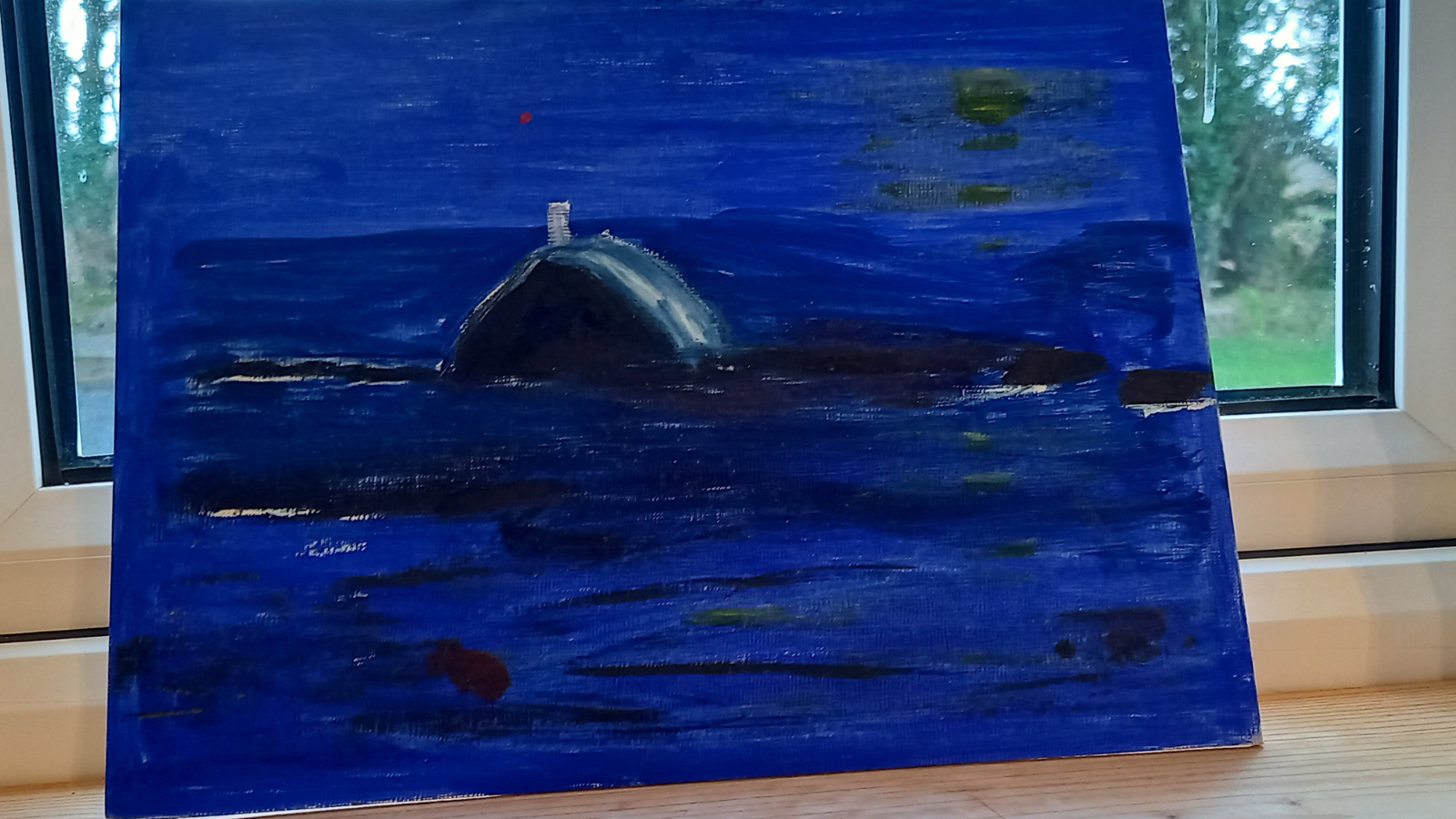
Feeling Blue
Lorraine Lally
Ireland
With epilepsy you feel blue at times and there are days when it’s easier to stay at home. If you feel blue at home there is a need to reach out and get support. It is alright to feel depressed with a neurological condition and you can move on from it.
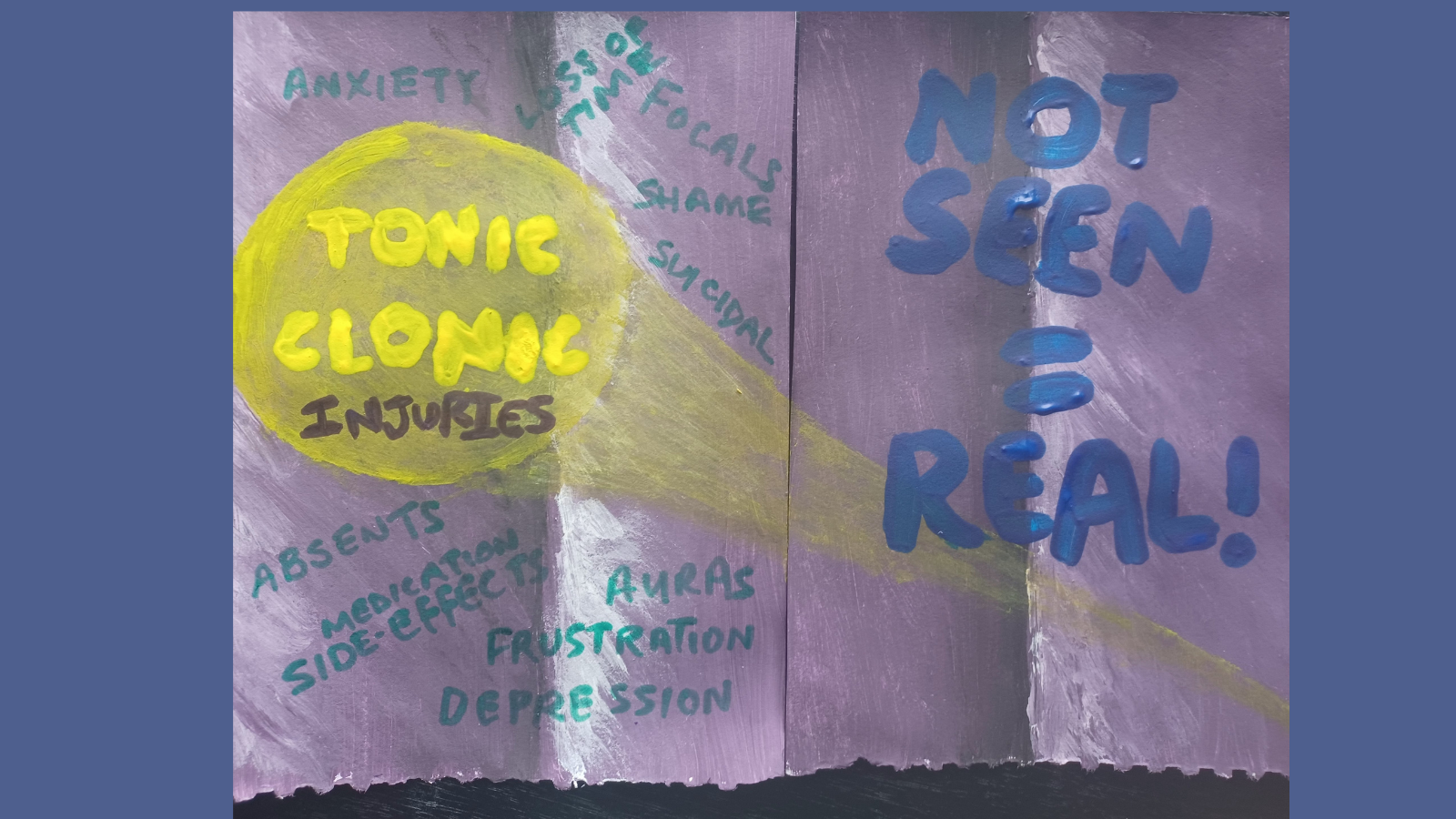
Starring Epilepsy
Penny Franklyn
New Zealand
People seem to have an image of what epilepsy looks like. Yes, I have tonic clonic seizures but I experience a whole lot more too. I have different seizures but other issues that are connected to my epilepsy too. It hurts when people don’t believe me because what I go through is not what they think epilepsy is.
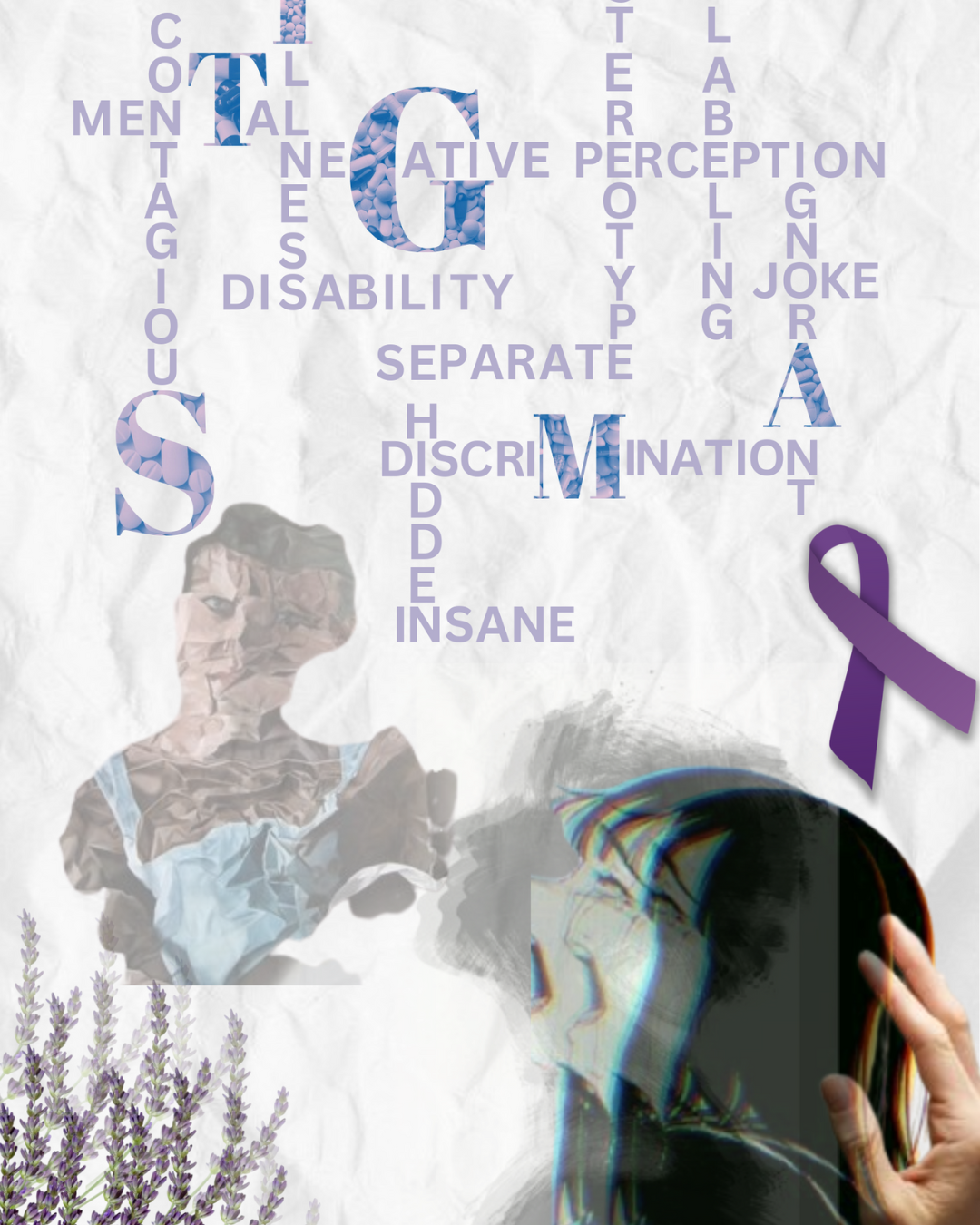
Invisible Pain
Nurul Izati Sahib
Malaysia
Living with epilepsy is not just a common illness as other health conditions. The biggest challenge is facing the stigma of people surrounding me. It’s hurt when no one can see my hidden pain. All the negative perceptions made me feel invisible, totally lost from everything. Apart from that, emotional disturbances keep upside down. Can we just end up with the stigma? Because humans are not perfect. No one is perfect.
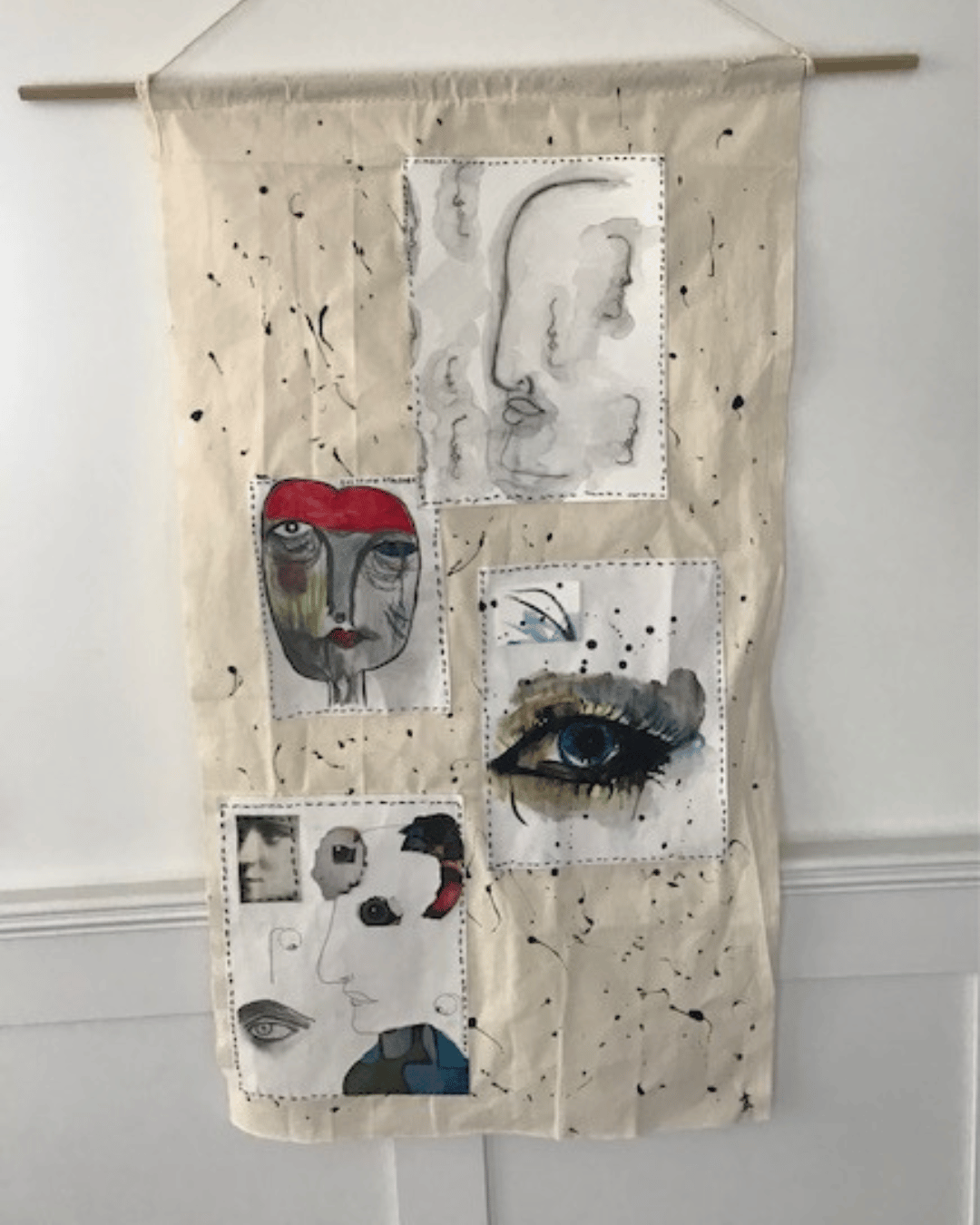
Masked Faces, Hidden Stories
Julie Thompson Dobkin
USA
‘masked faces-the hidden stories’ is a dedication to the many individuals who have crossed my path, who hide behind their diagnoses or barriers society has imposed upon them. It is to reflect the hidden, anonymous faces we encounter in life. Behind each of the masked facies, there is a story worth telling!
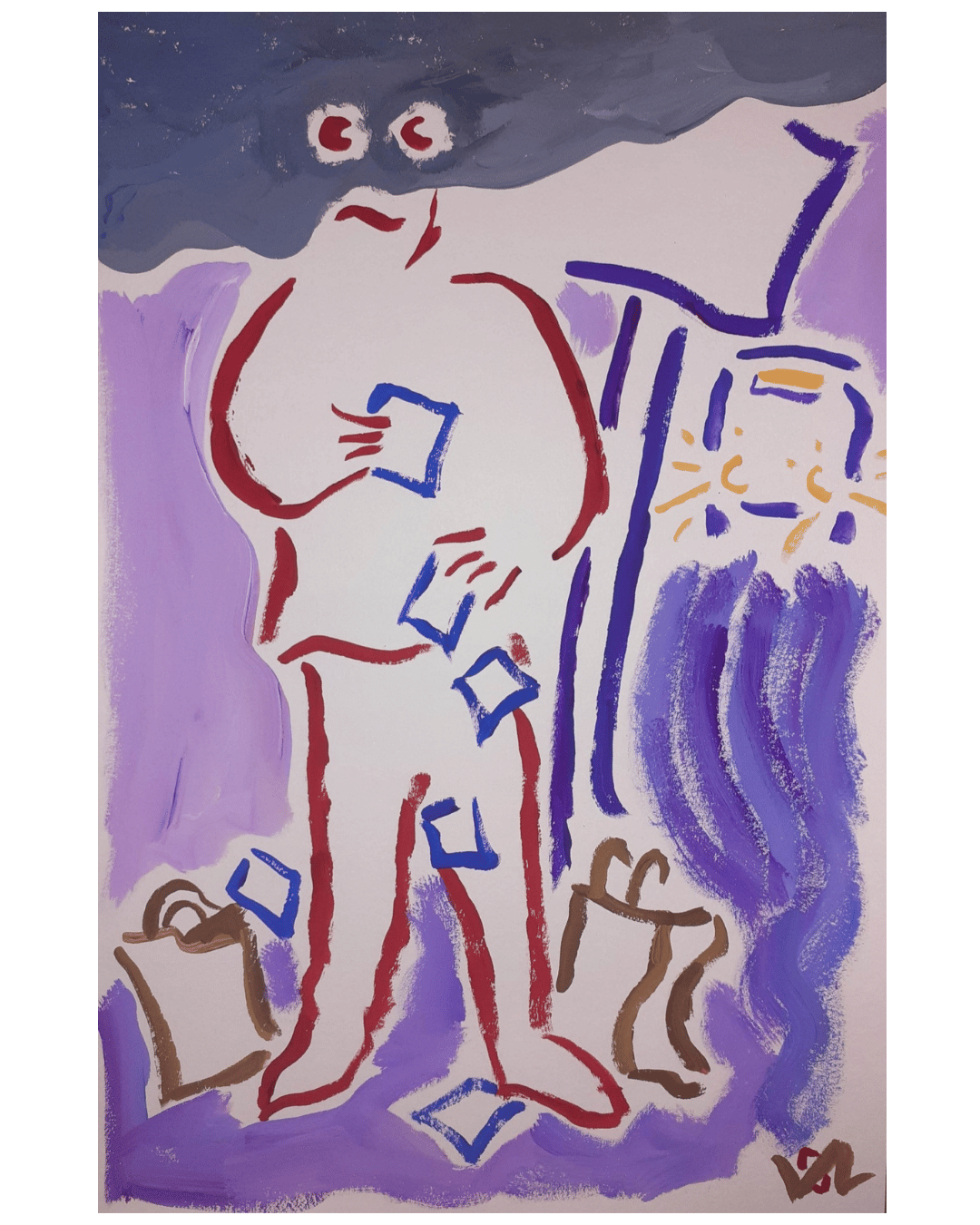
Brain Fog At The Bus Stop
Laurence Jones
Ireland
The difficulties of travel. Worrying about whether I will be worried. Will I get the right bus, train or plane? Will I remember where I’m going or get off at the right place. I always seem to have too much to carry… will I leave something behind? And I drop things – tickets, travel cards, ATM cards, wallets, phones. Or I think I will. Patting pockets to see where things are. Repeatedly.
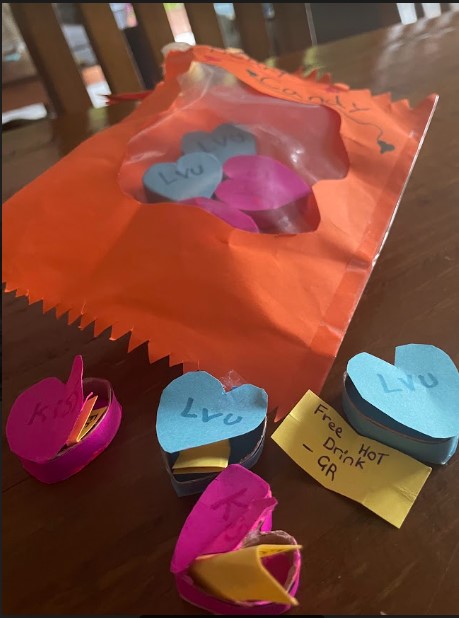
Funny Love
Georgia Tipene
New Zealand
You don’t know what you will get, but you have to keep trying.

Progression
Niamh Beirne
Ireland
This ceramic artwork is on the progression of epilepsy in the brain. The first brain is clear of any faults but then it gets more colourful epilepsy progresses. There are multiple tablets in the front of the brains to represent how a person may need to take during their lifetime and if they need a change in medication as their epilepsy continues. I want to make people aware of epilepsy through other means of media like ceramics, as it is still not fully understood. People like to question artworks when they are curious, so it is a great chance to educate people on epilepsy and lift the stigma.

Foggy Day in the Woods
Rupert Bowen
Ireland
I am fortunate that my seizures are under control. One side effect is that I do not feel as sharp as I used to. Sometimes I suffer from “brain fog” which people can see as me being in a dream or not paying attention. But it’s a small price to pay for being seizure free! This painting is inspired by a foggy walk in the woods near where I live.
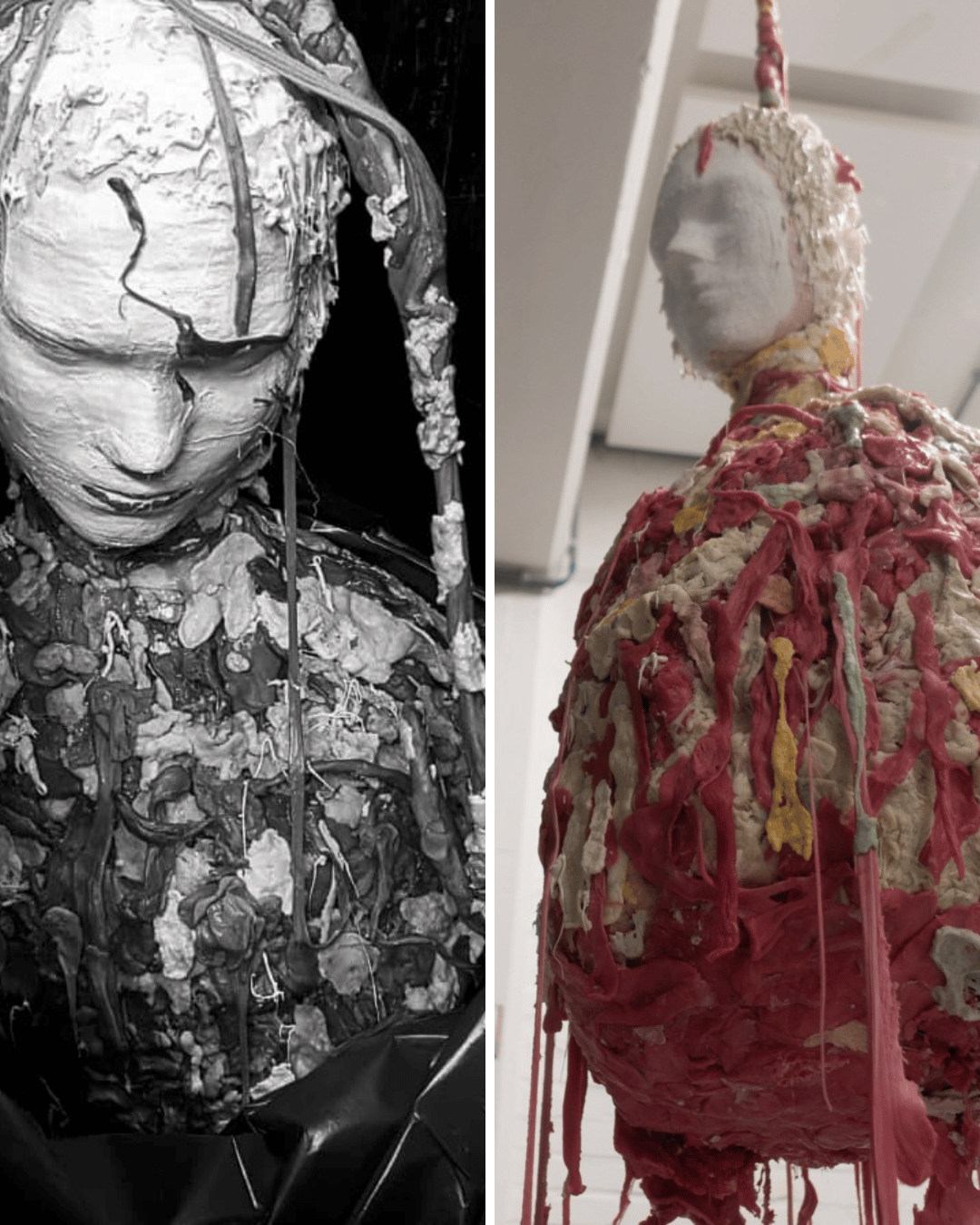
Do You Stick or Do I Stick?
Anya Jacobs
Nederland
This artwork was made by my daughter Caro Jacobs. My daughter passed away on Aug 21, 2022 due to SUDEP. She was an artist and she wanted to make it clear with this image that the stigmas that you get from ignorance can itself be distorted by sharing experiences and knowledge about epilepsy. That’s why this statue was made with chewing gum. As a visitor you could take the gum off or stick it on to physically experience what stigmas can do. This image made me realize as a mother how hard Caro had worked to limit the influence of all stigmas on her life as much as possible
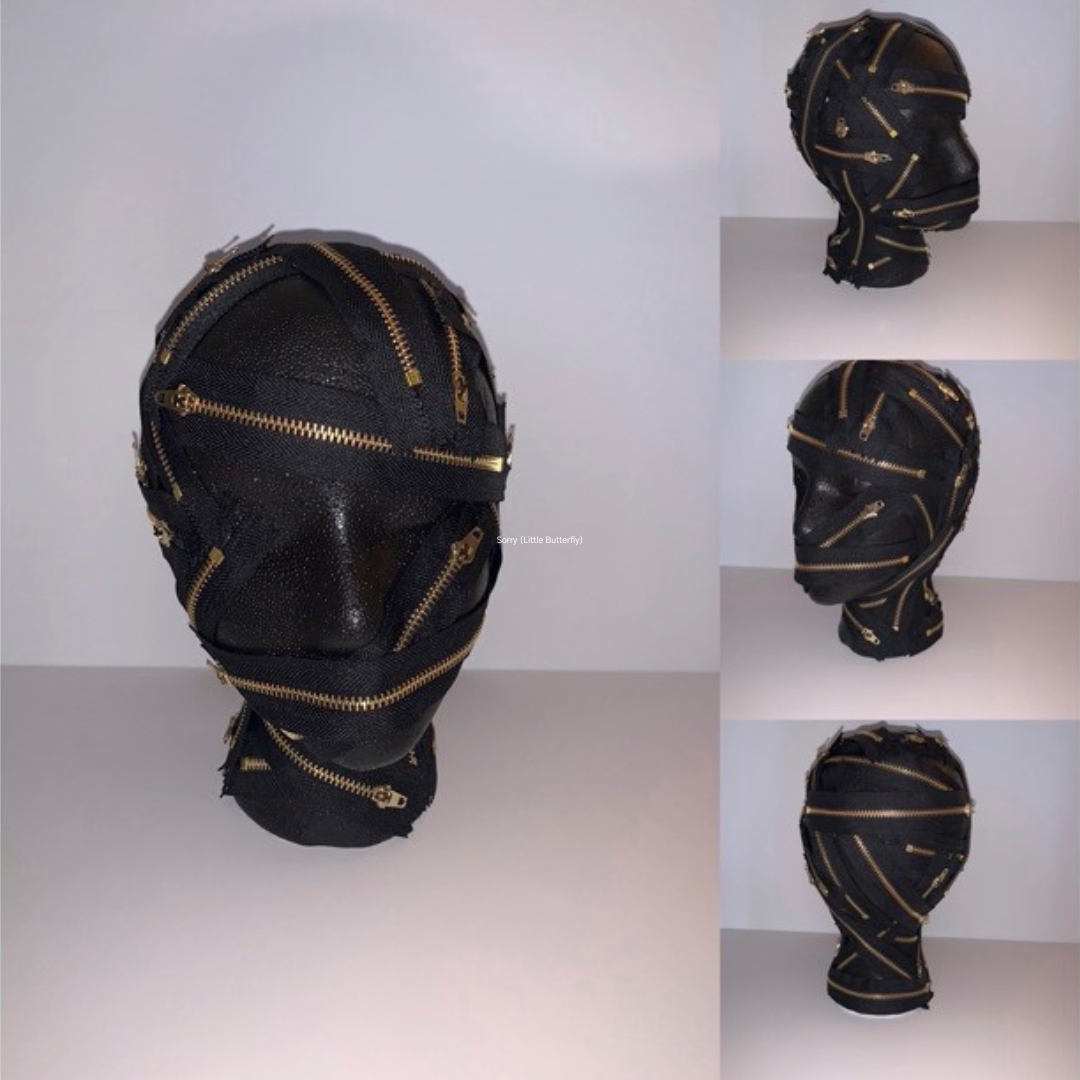
Shhh…Don’t Talk About It
Sarah Brown
USA
This piece is representative of shame.
The zippers represent silenced, plagued, and lonely.
You don’t talk or share about epilepsy.
You are a risk to society.
Bullied
Unemployed
Unwelcome
